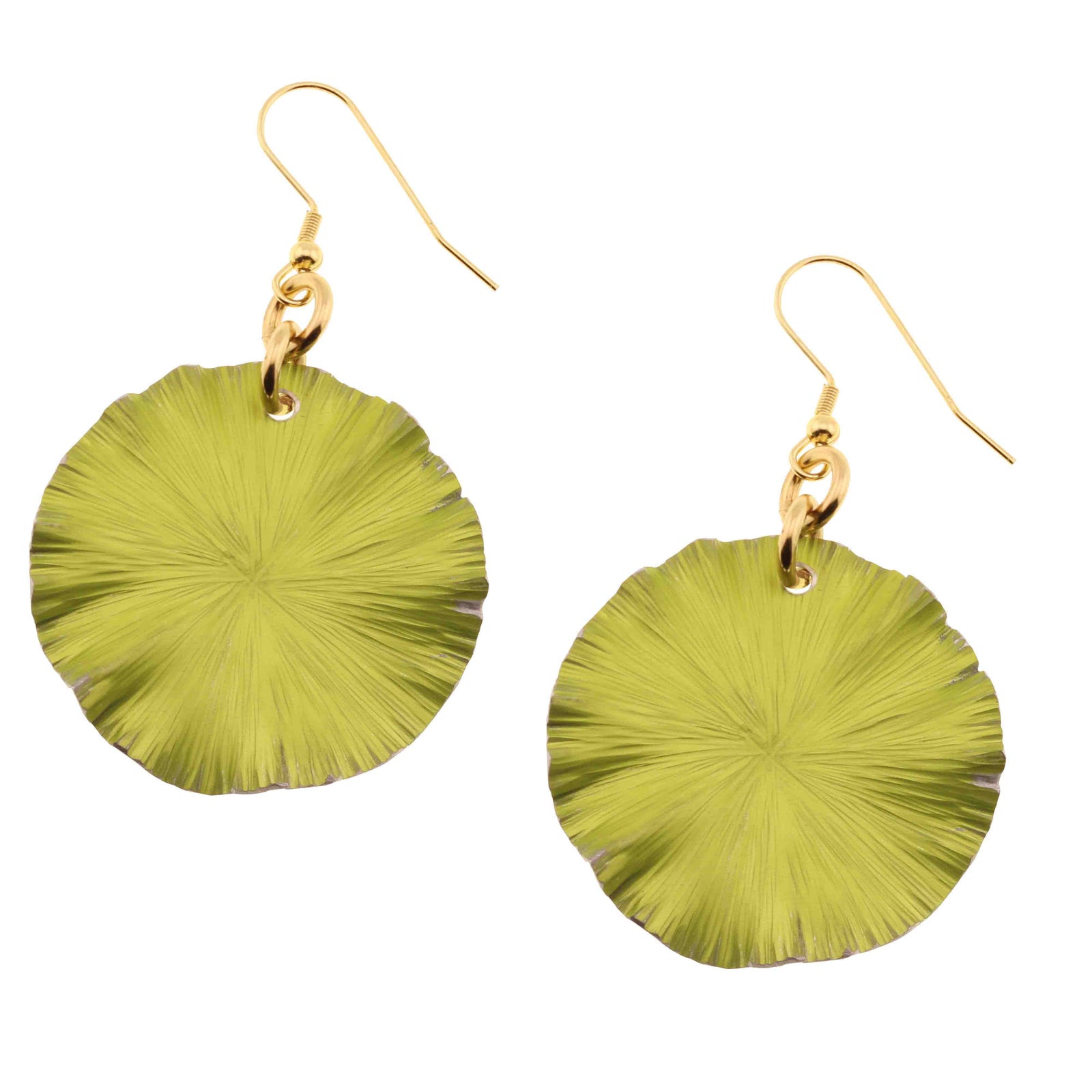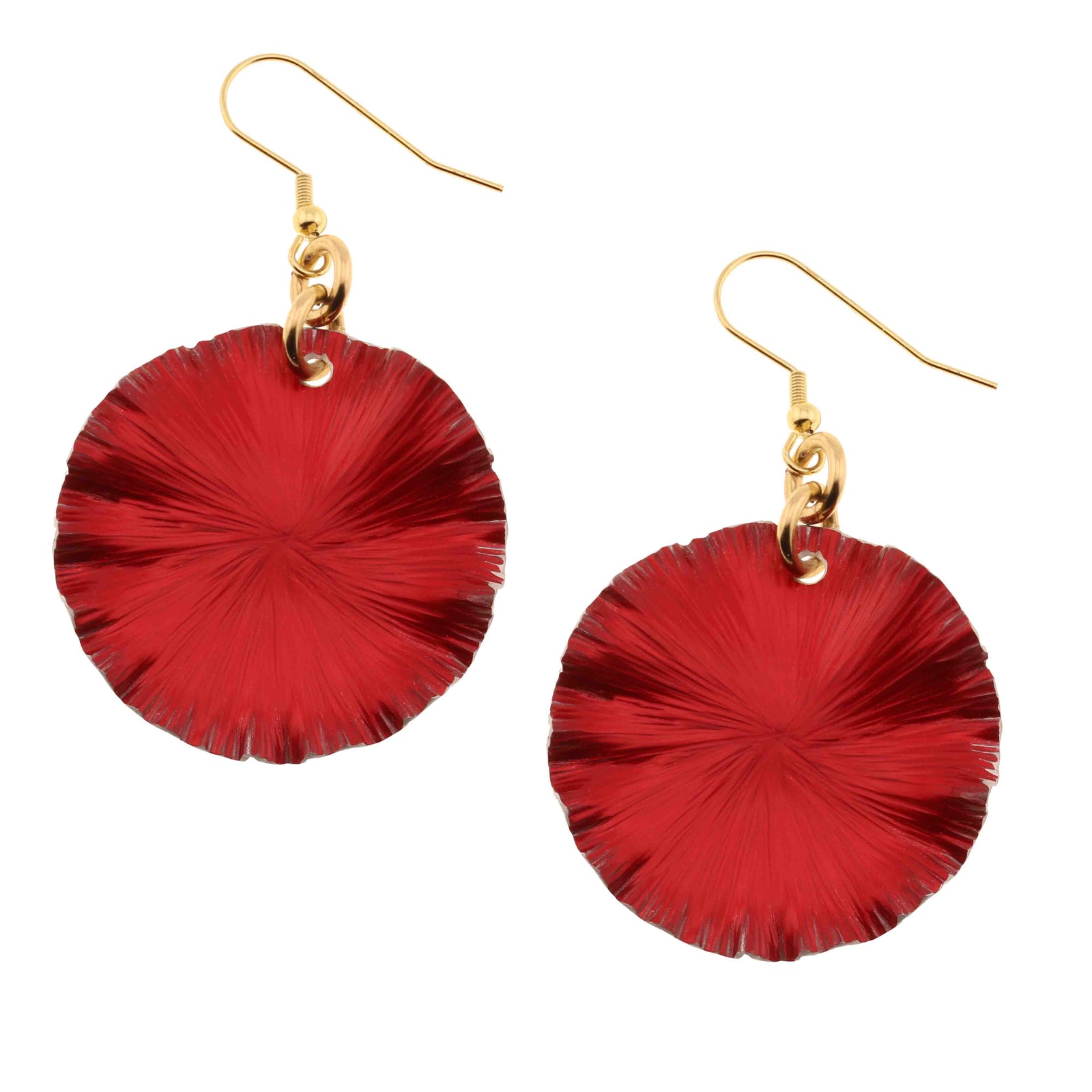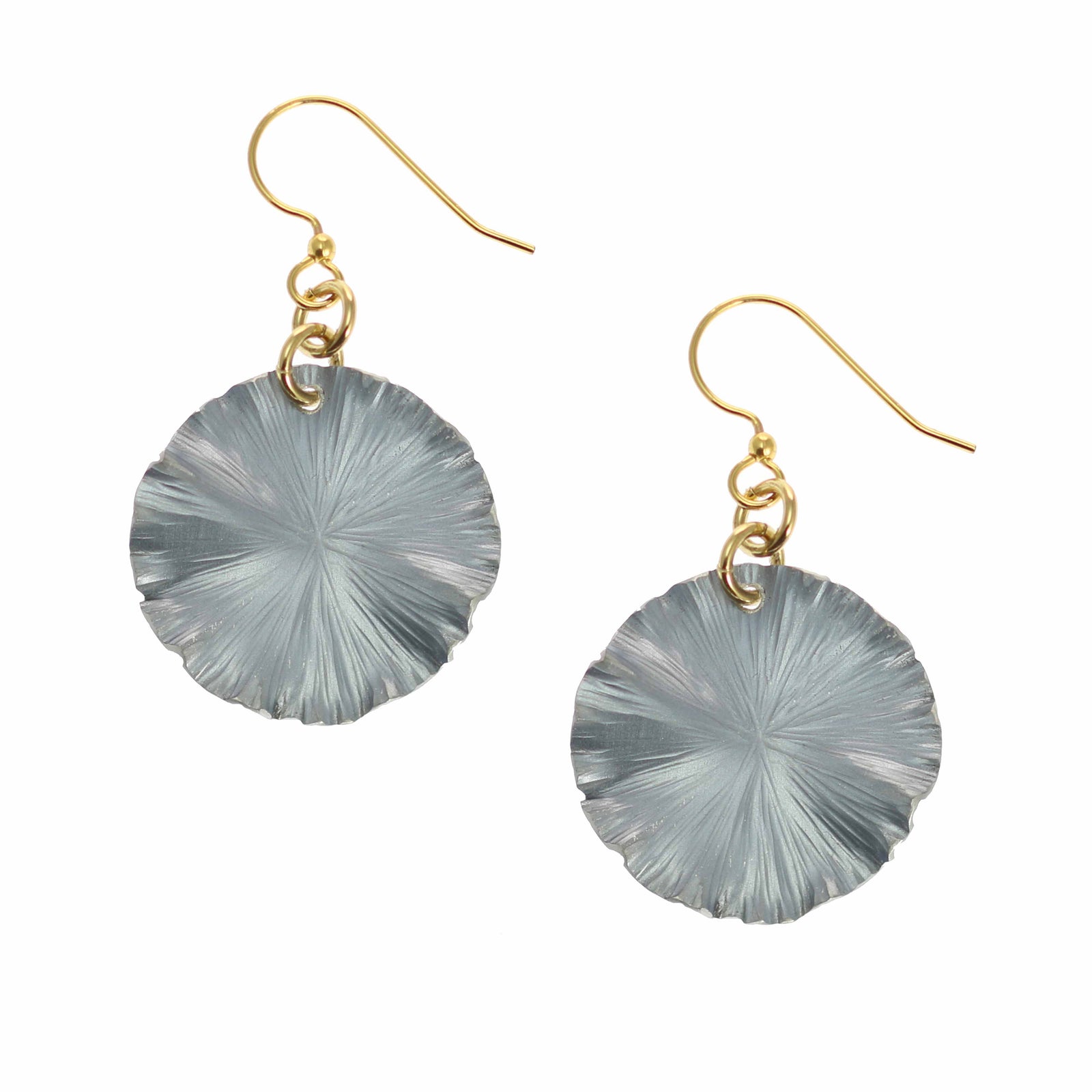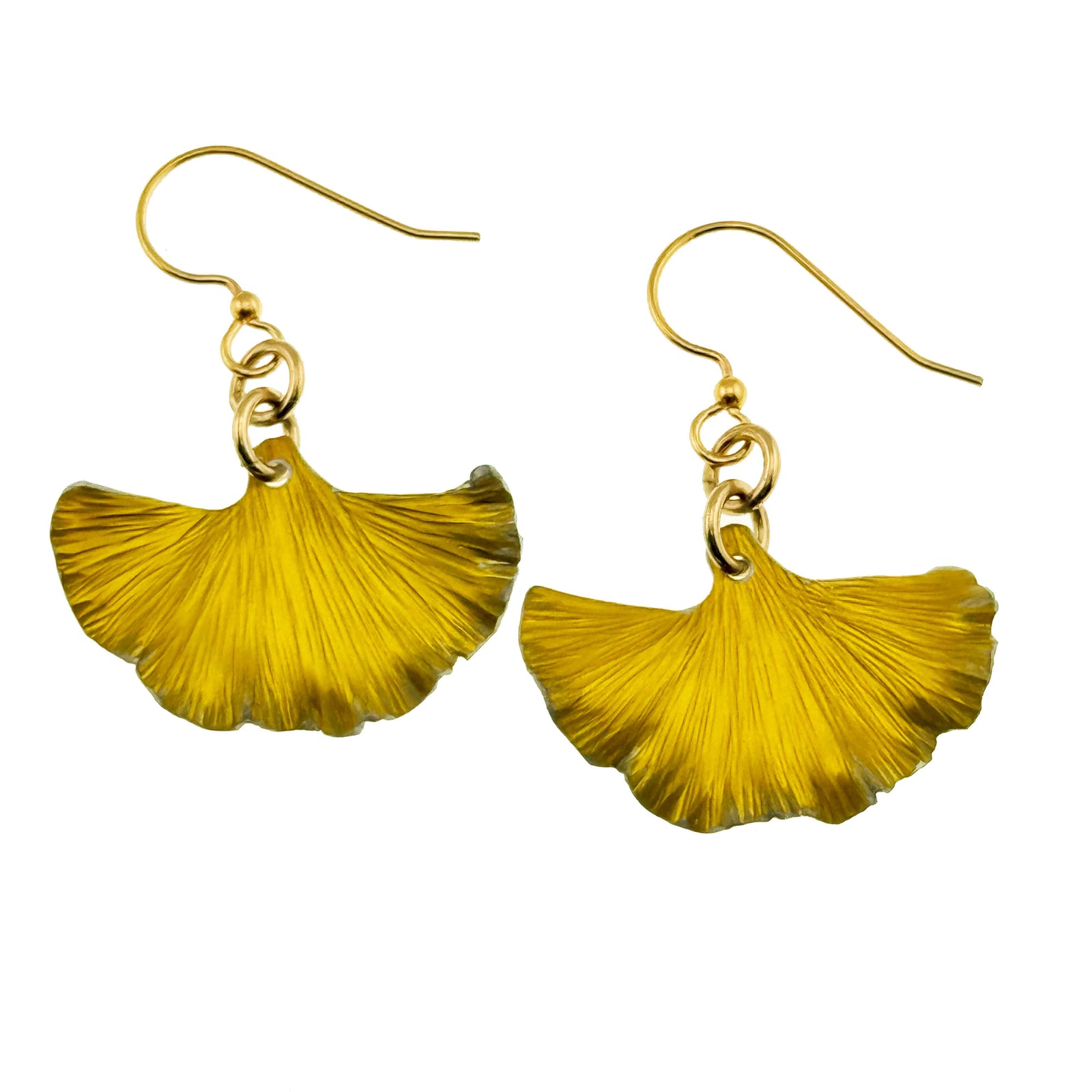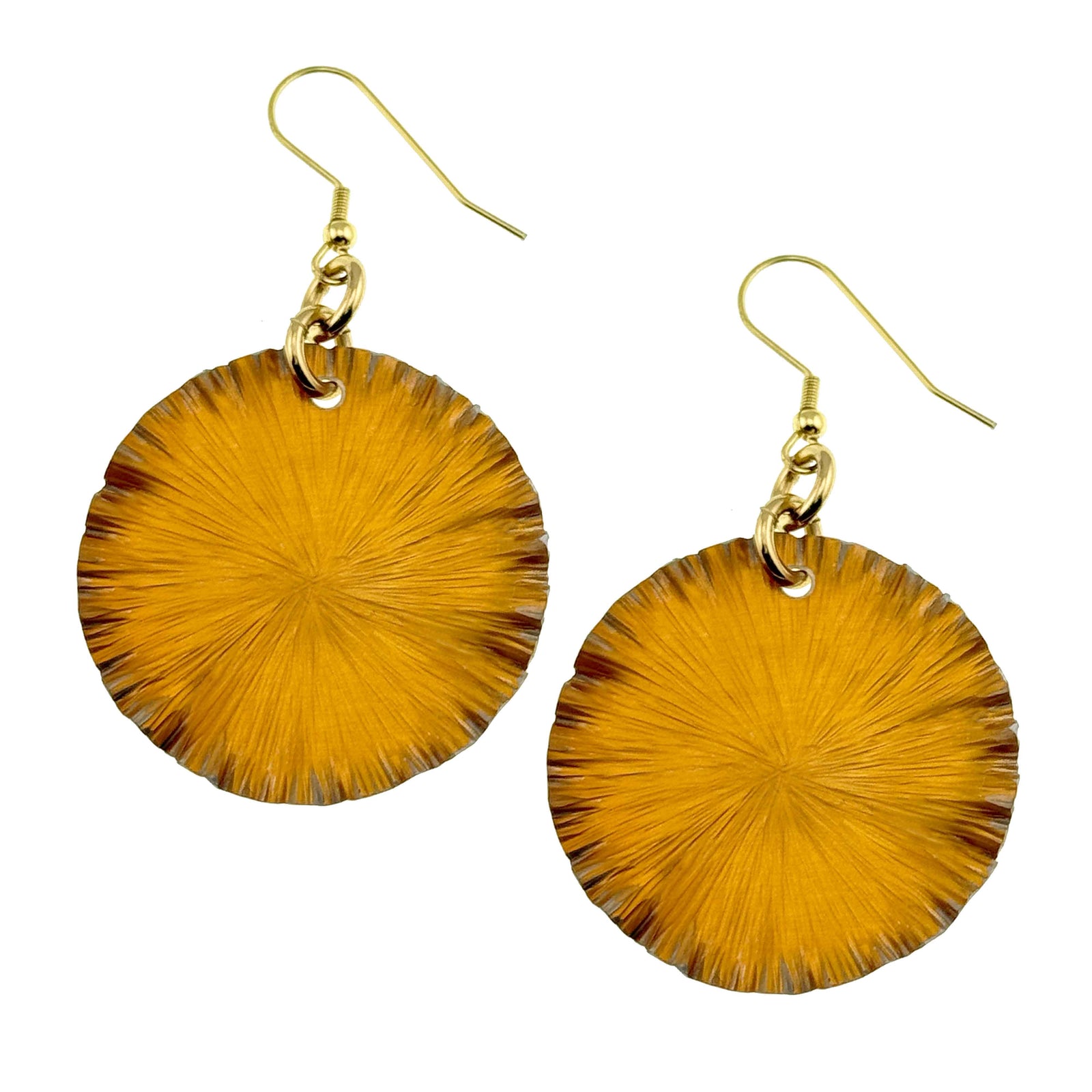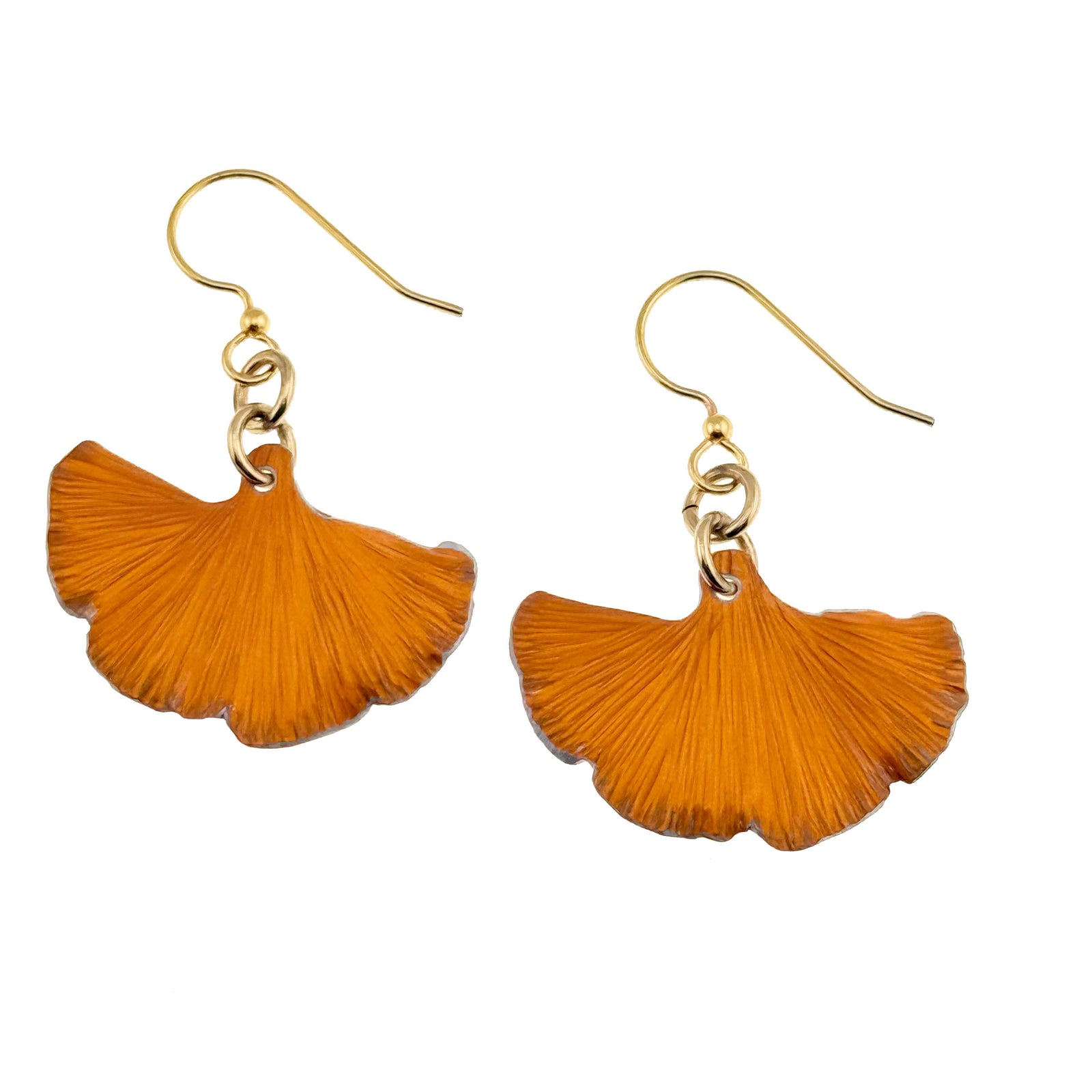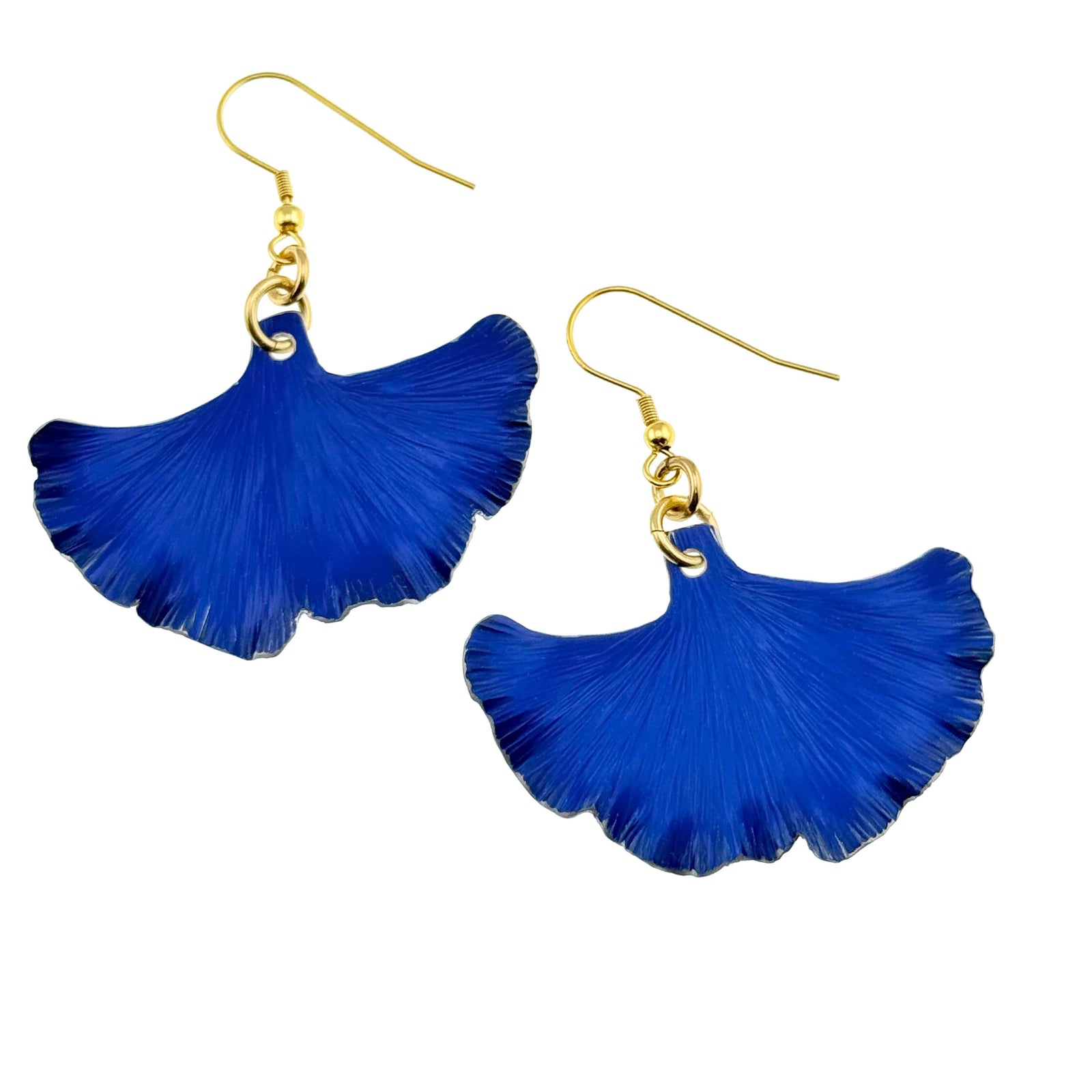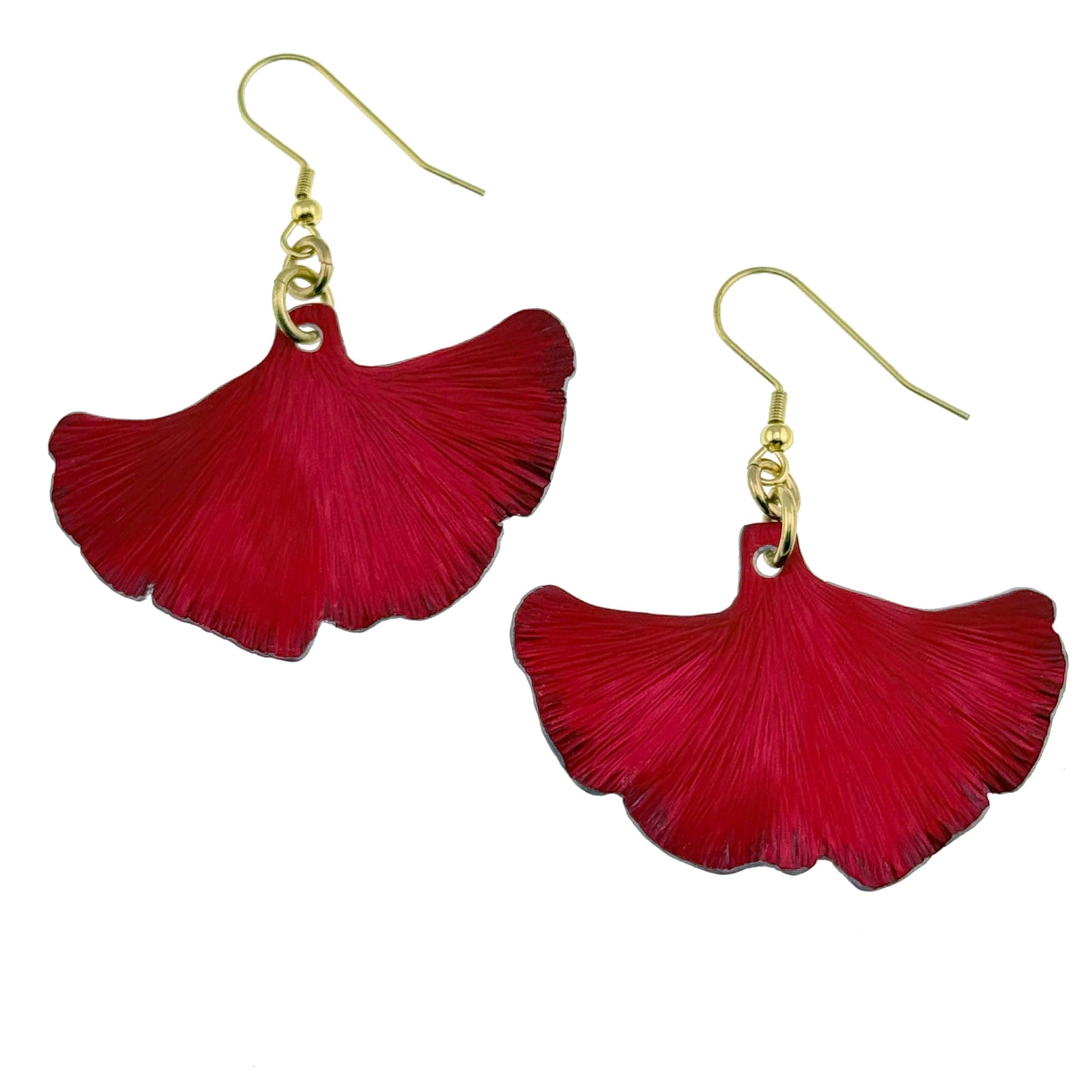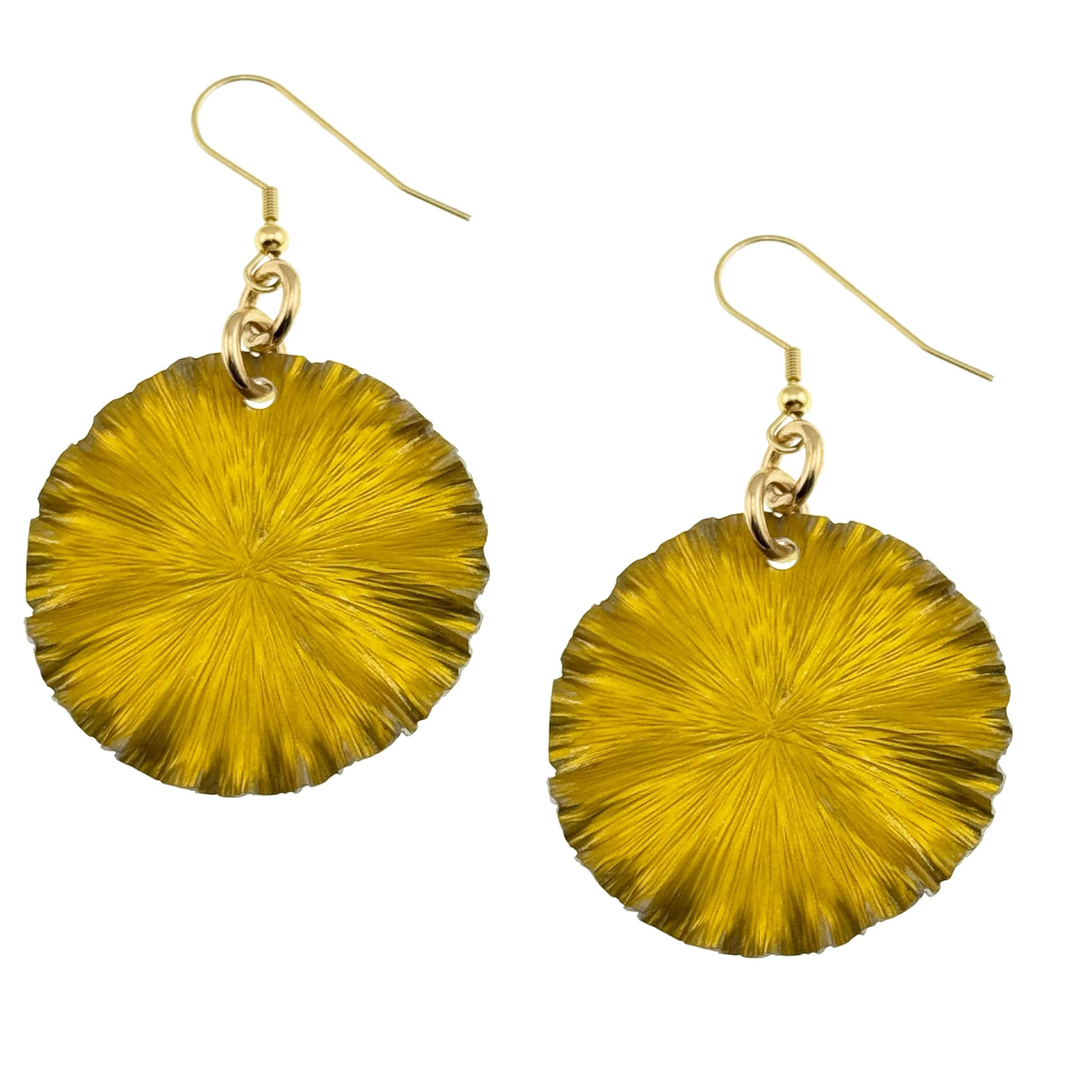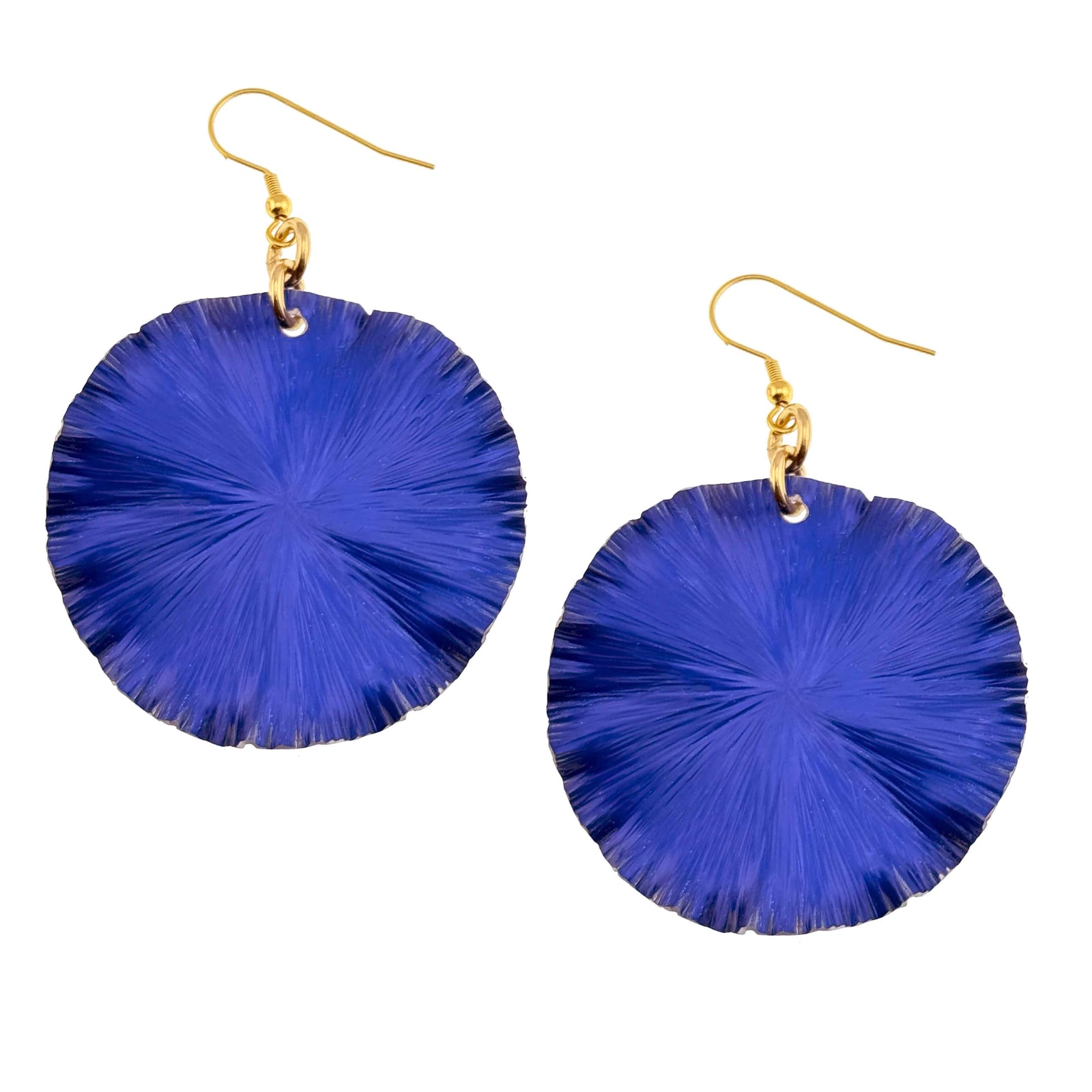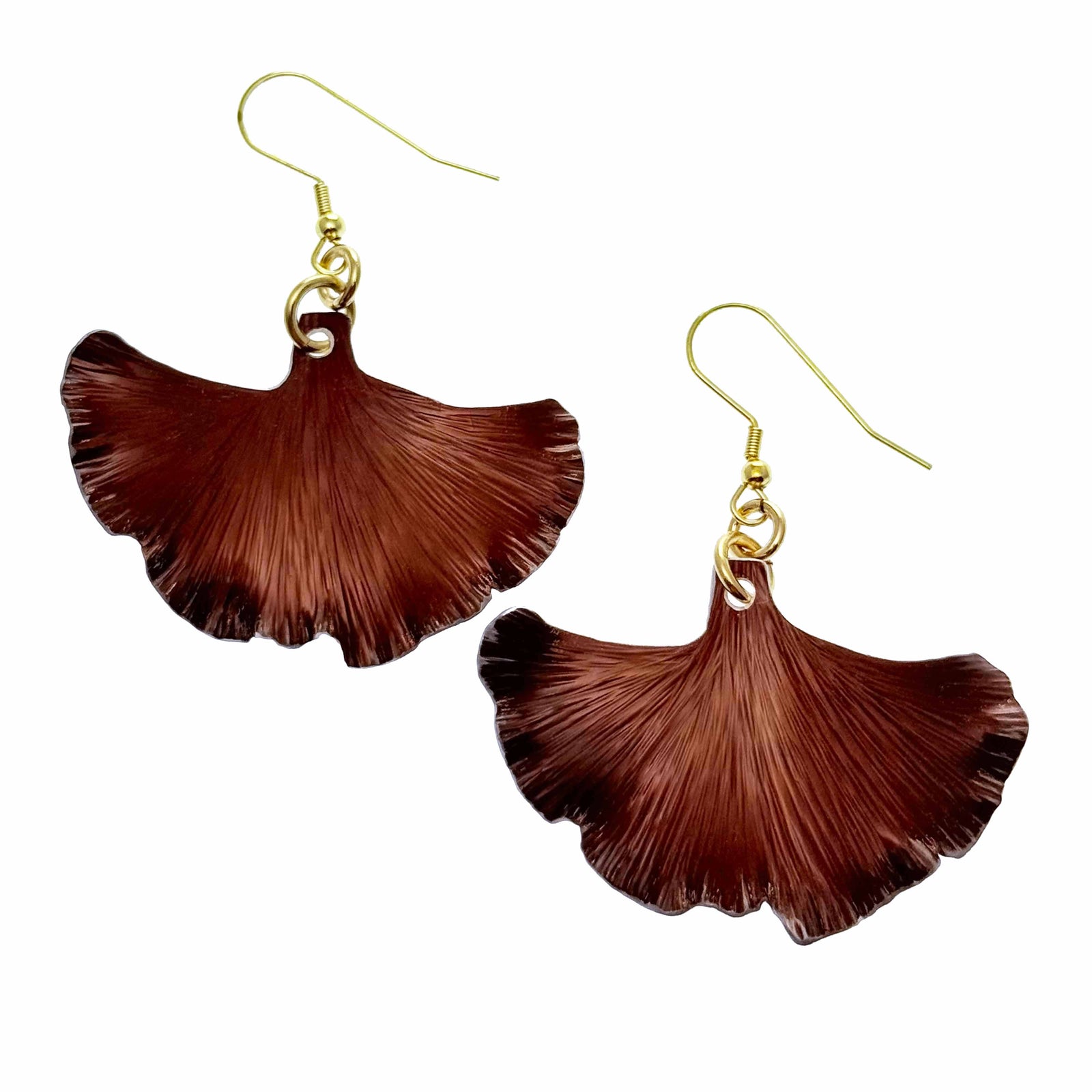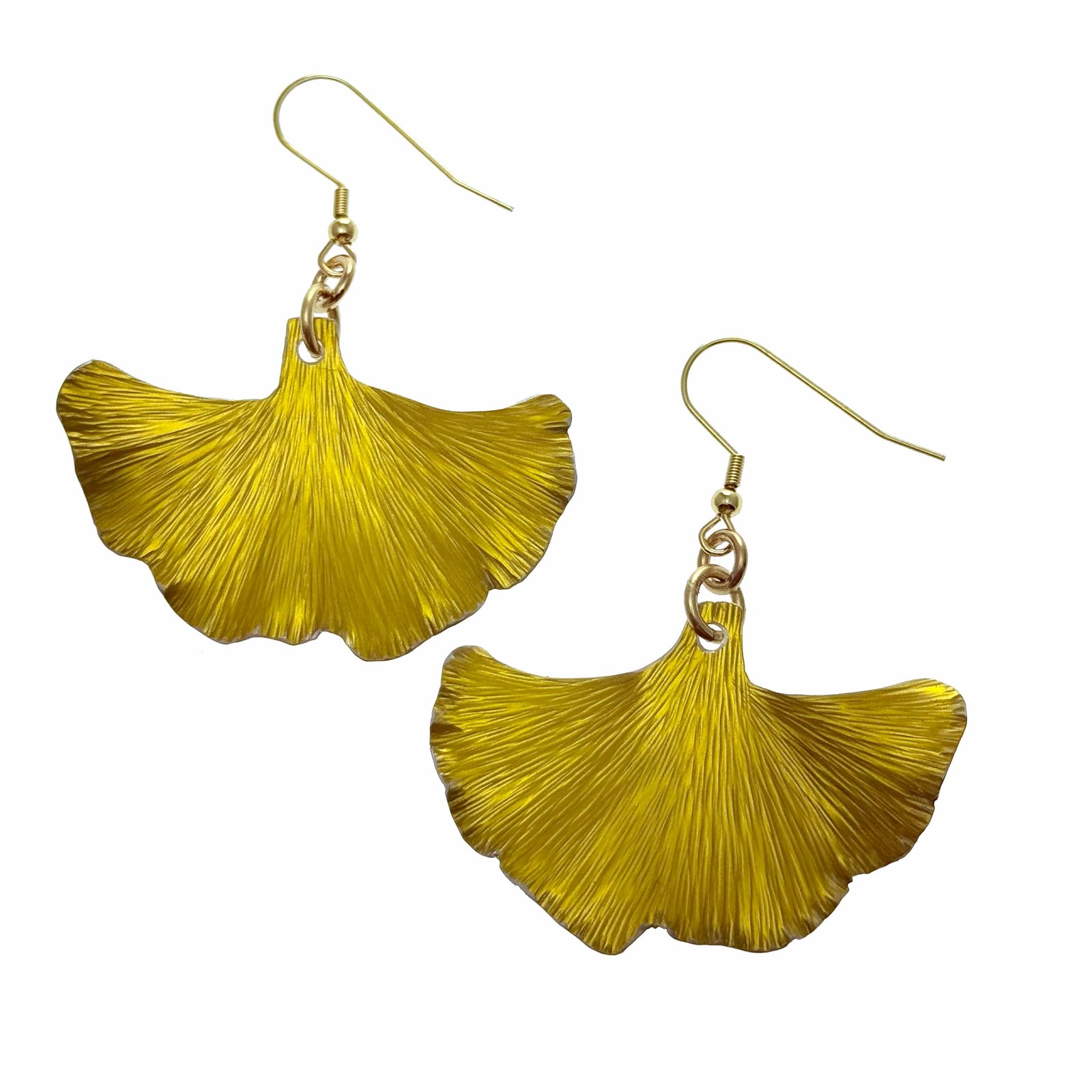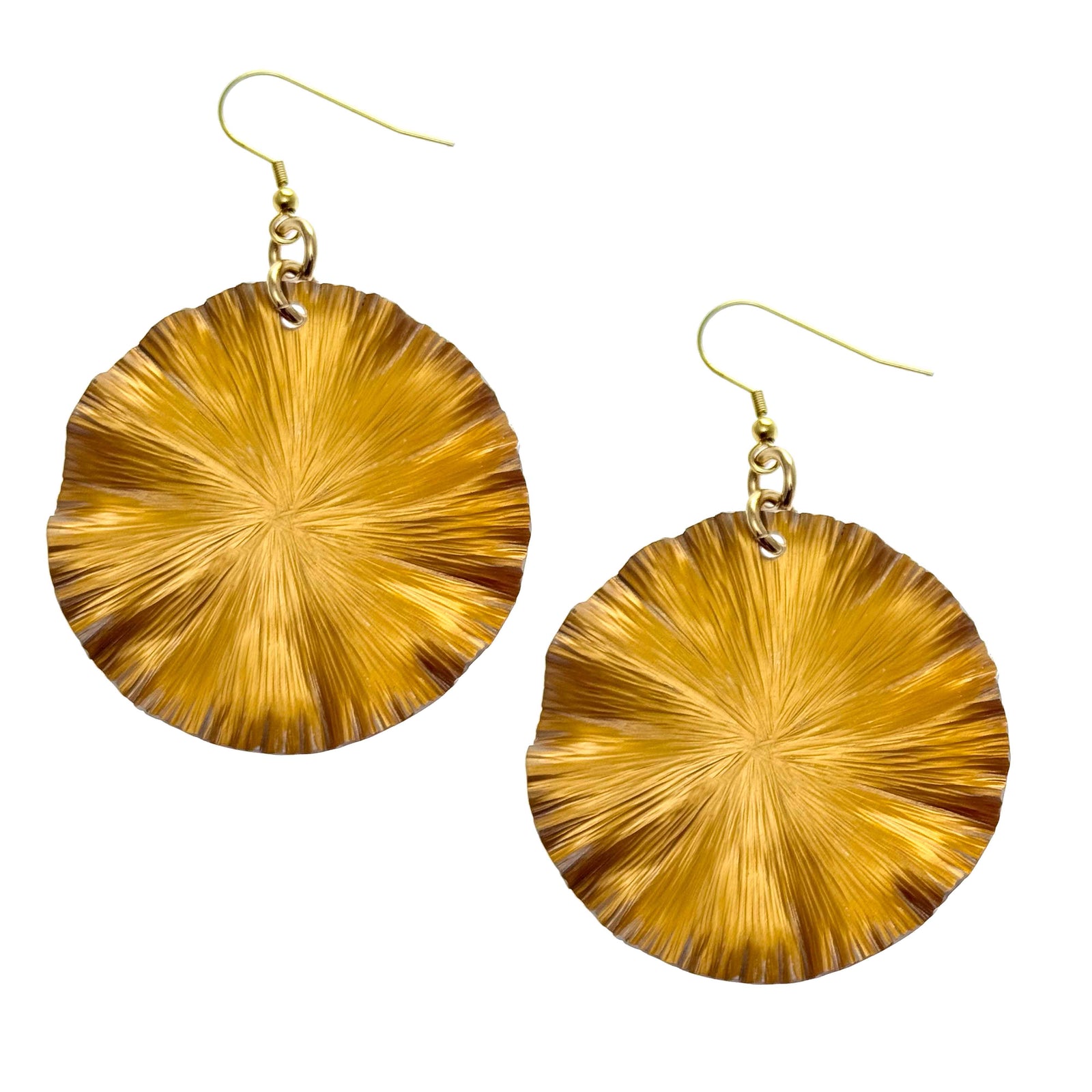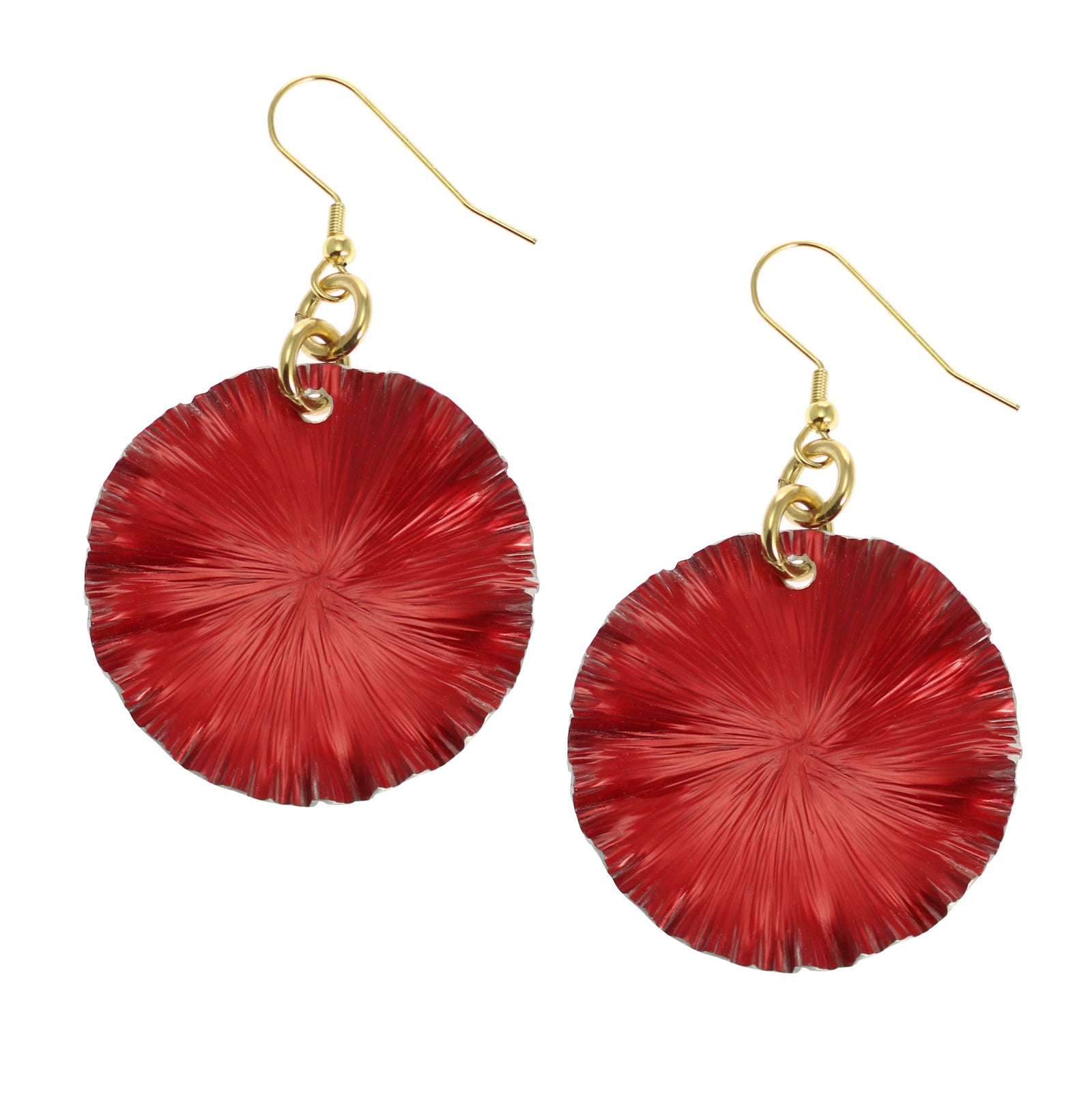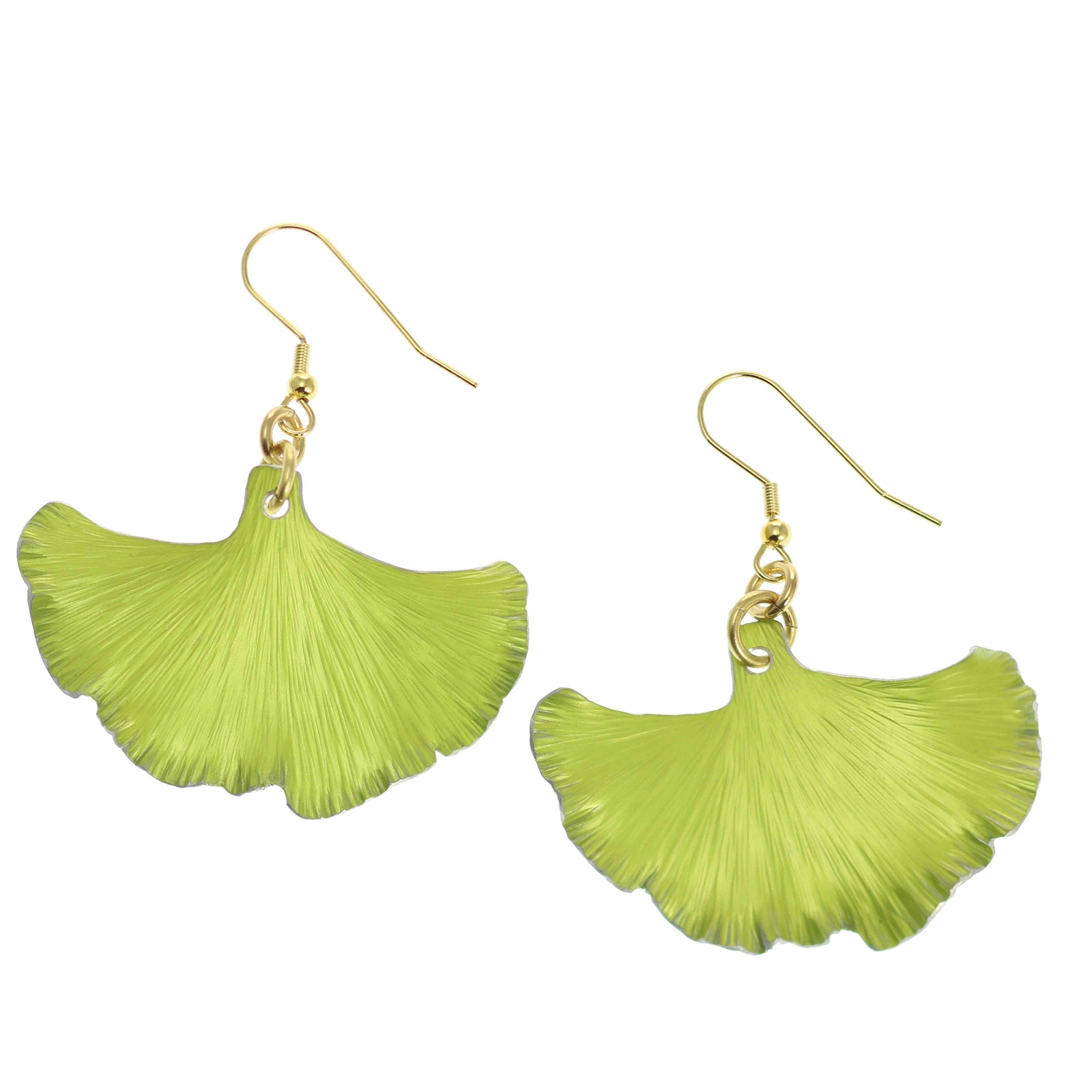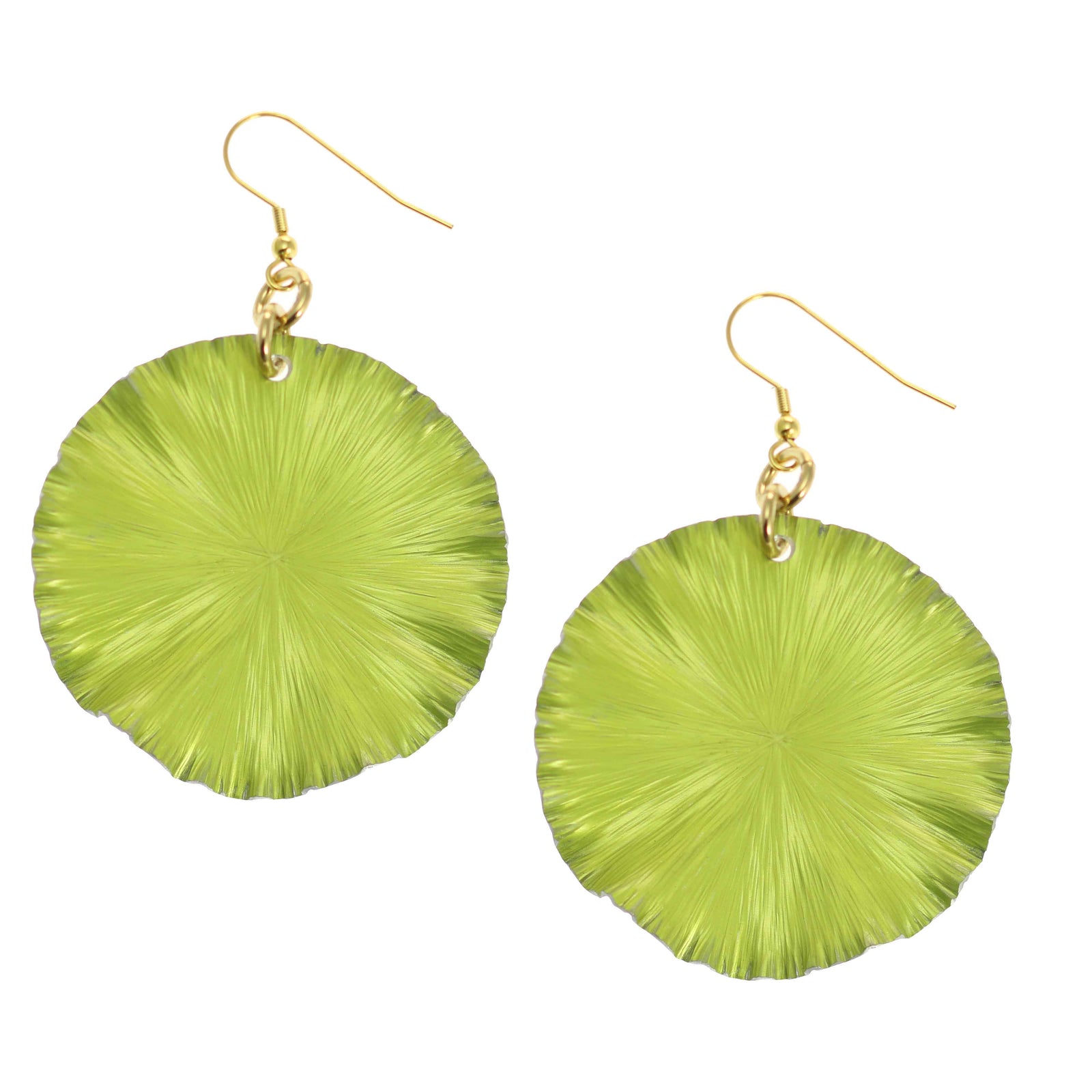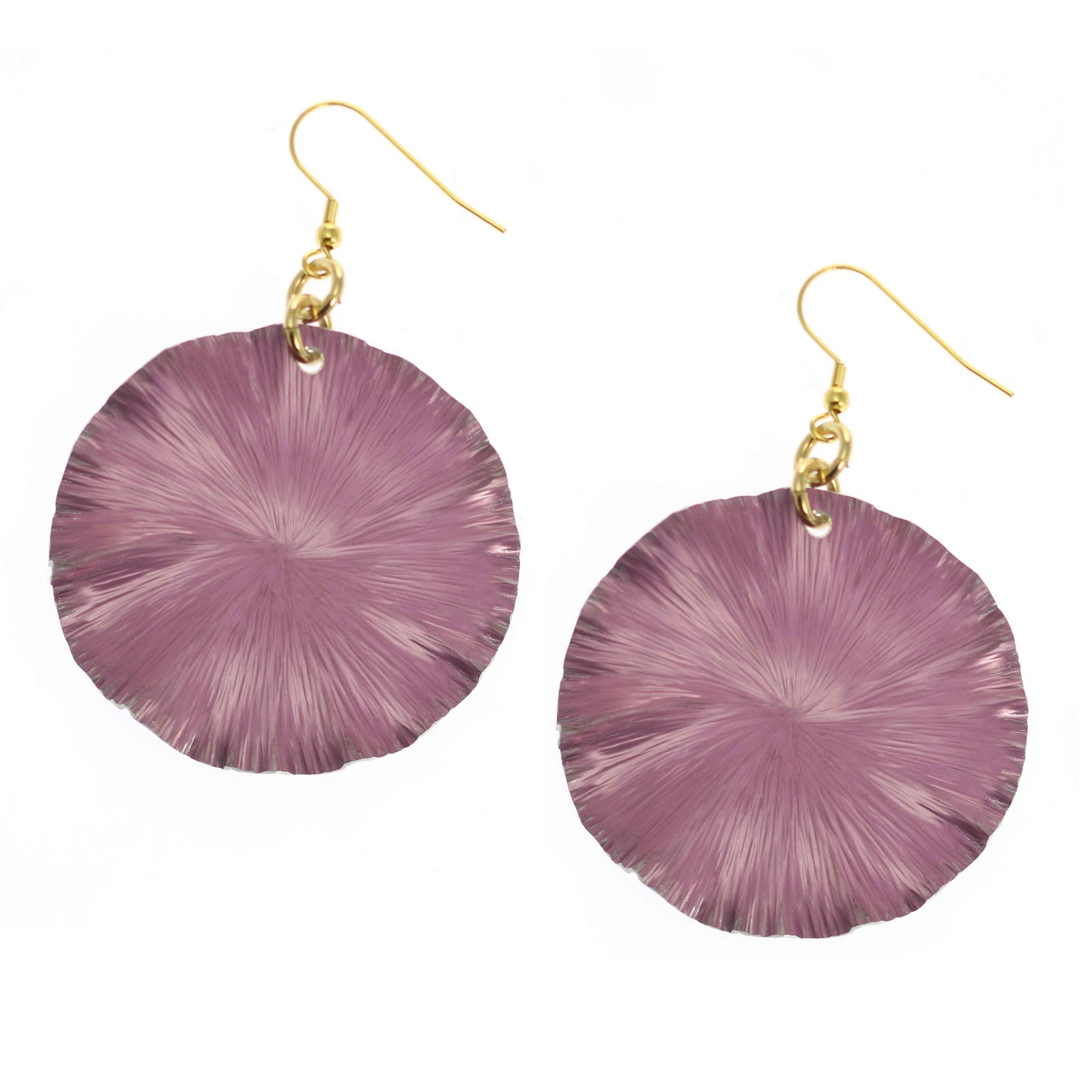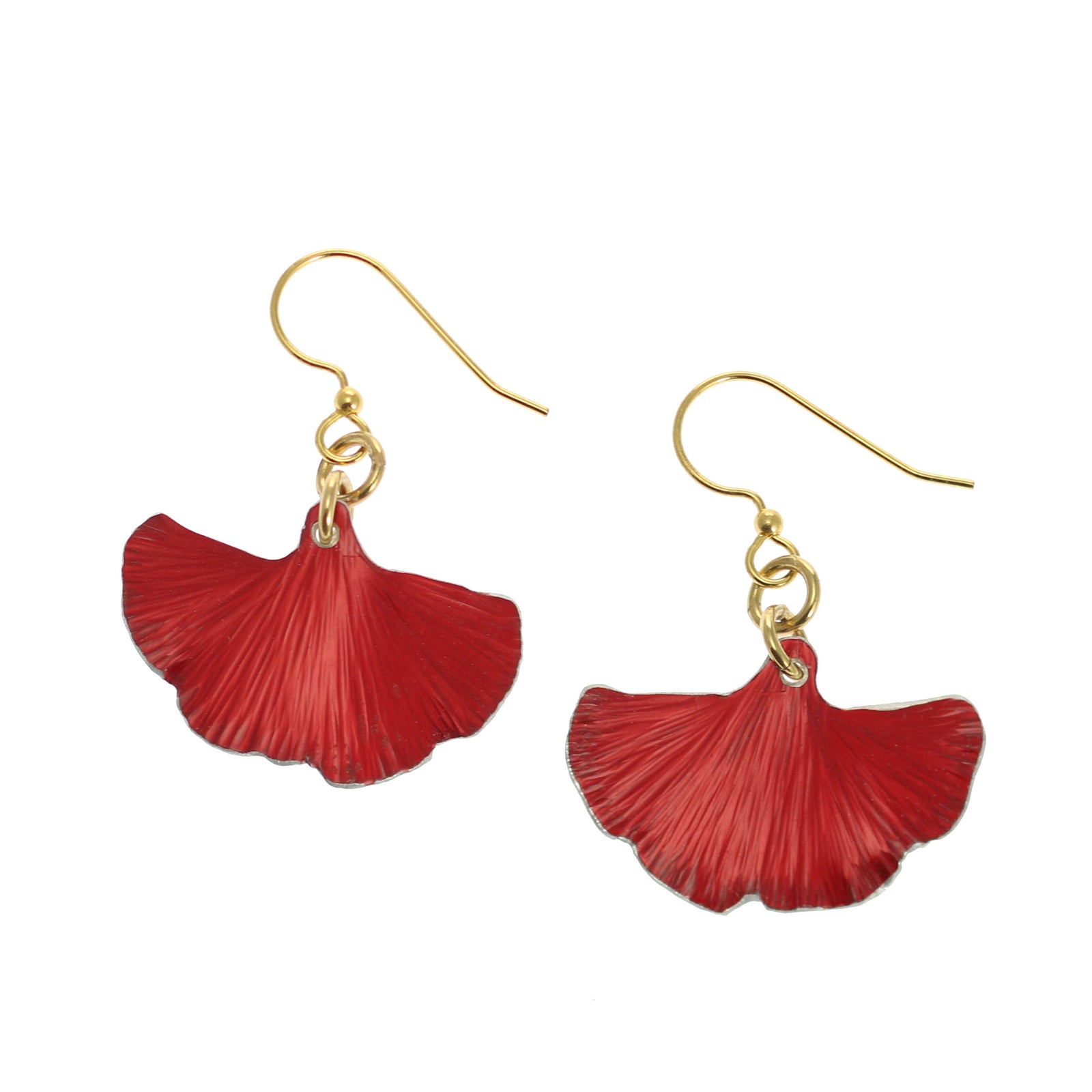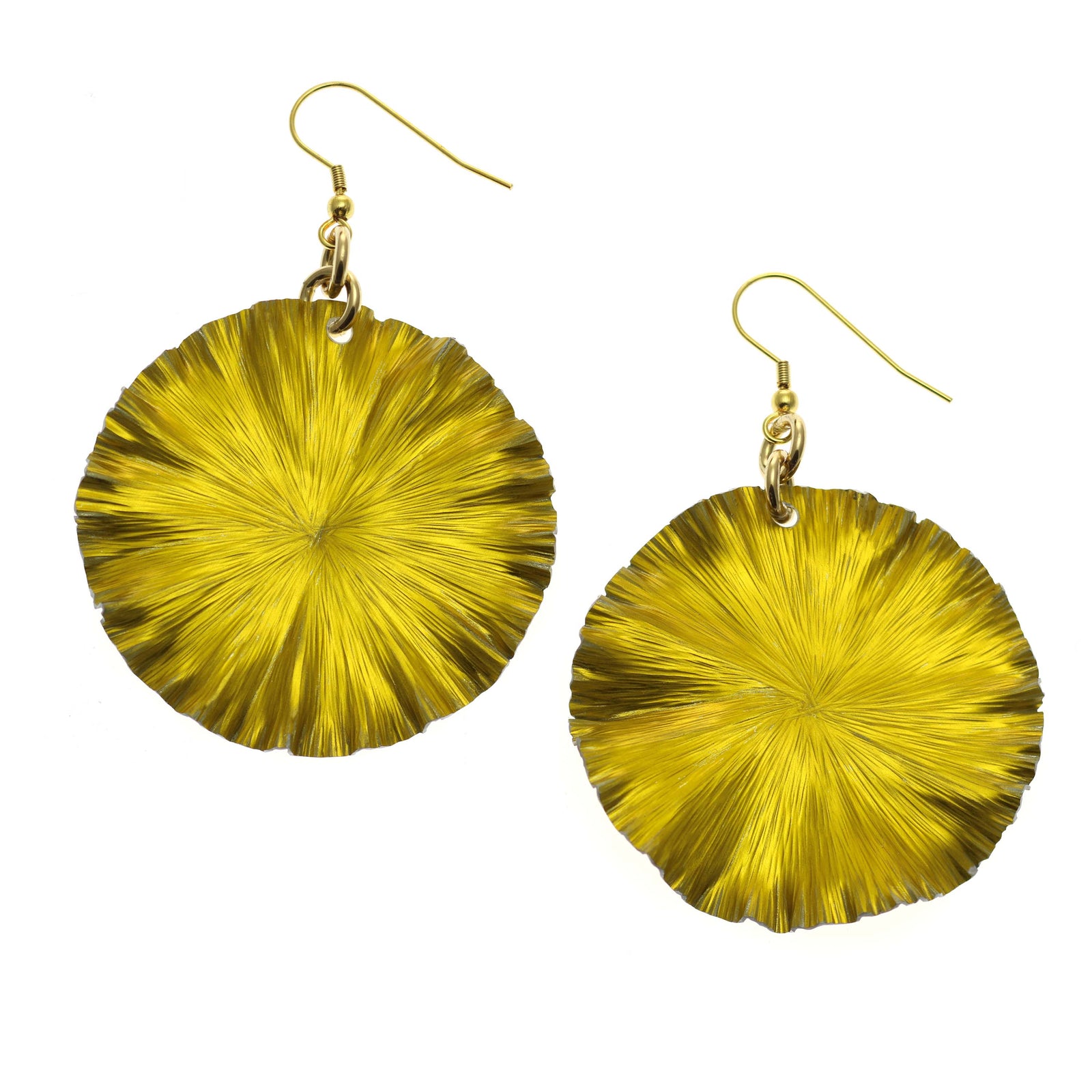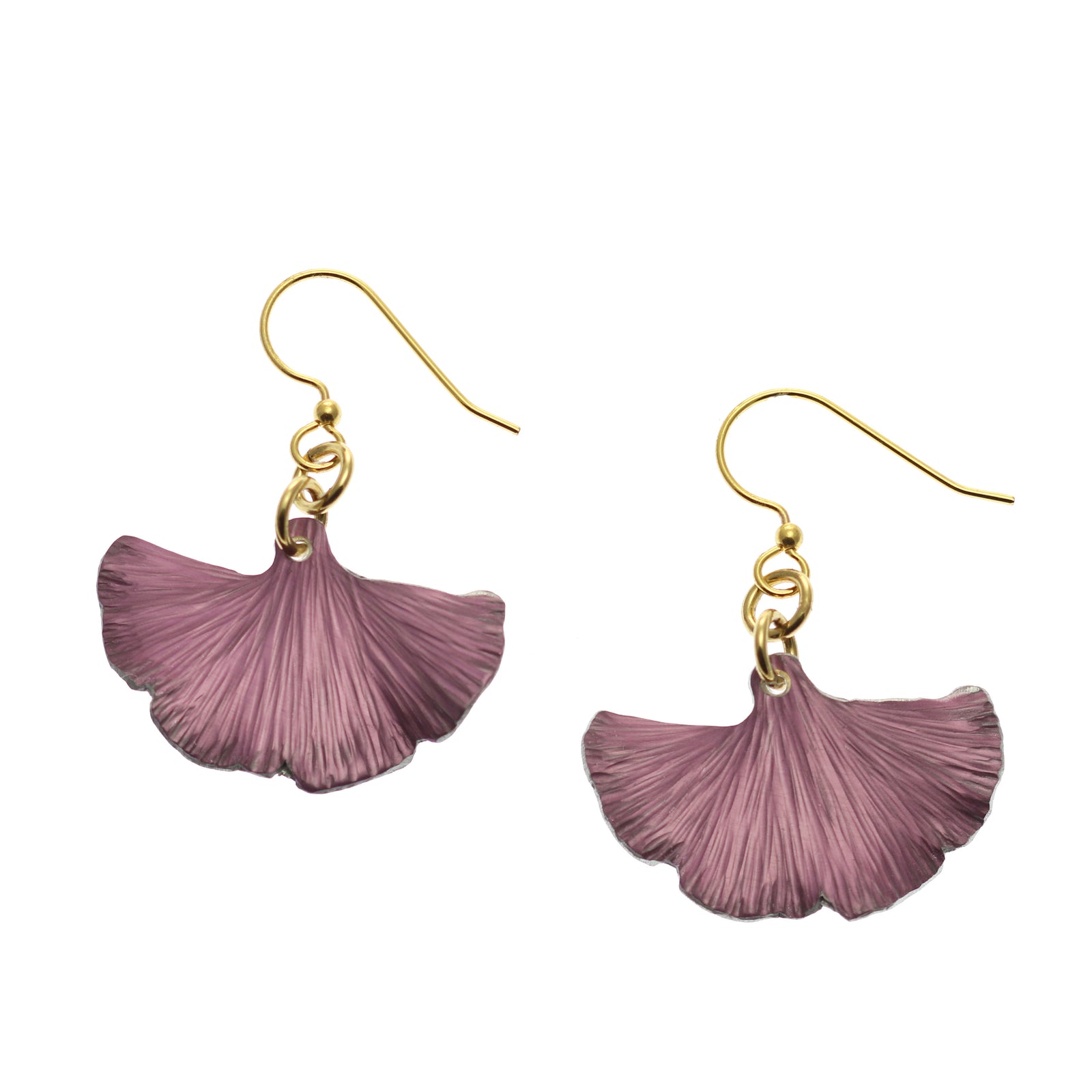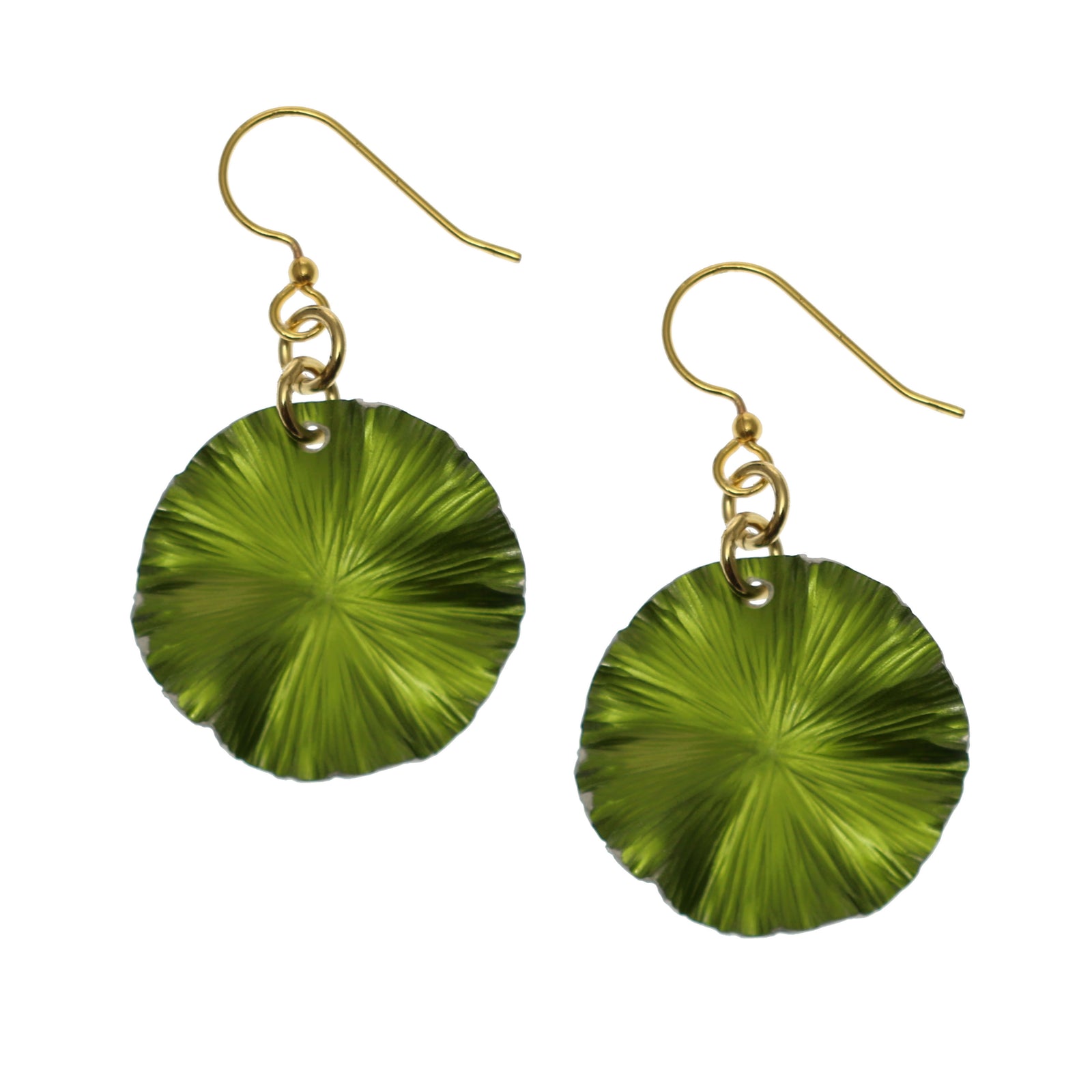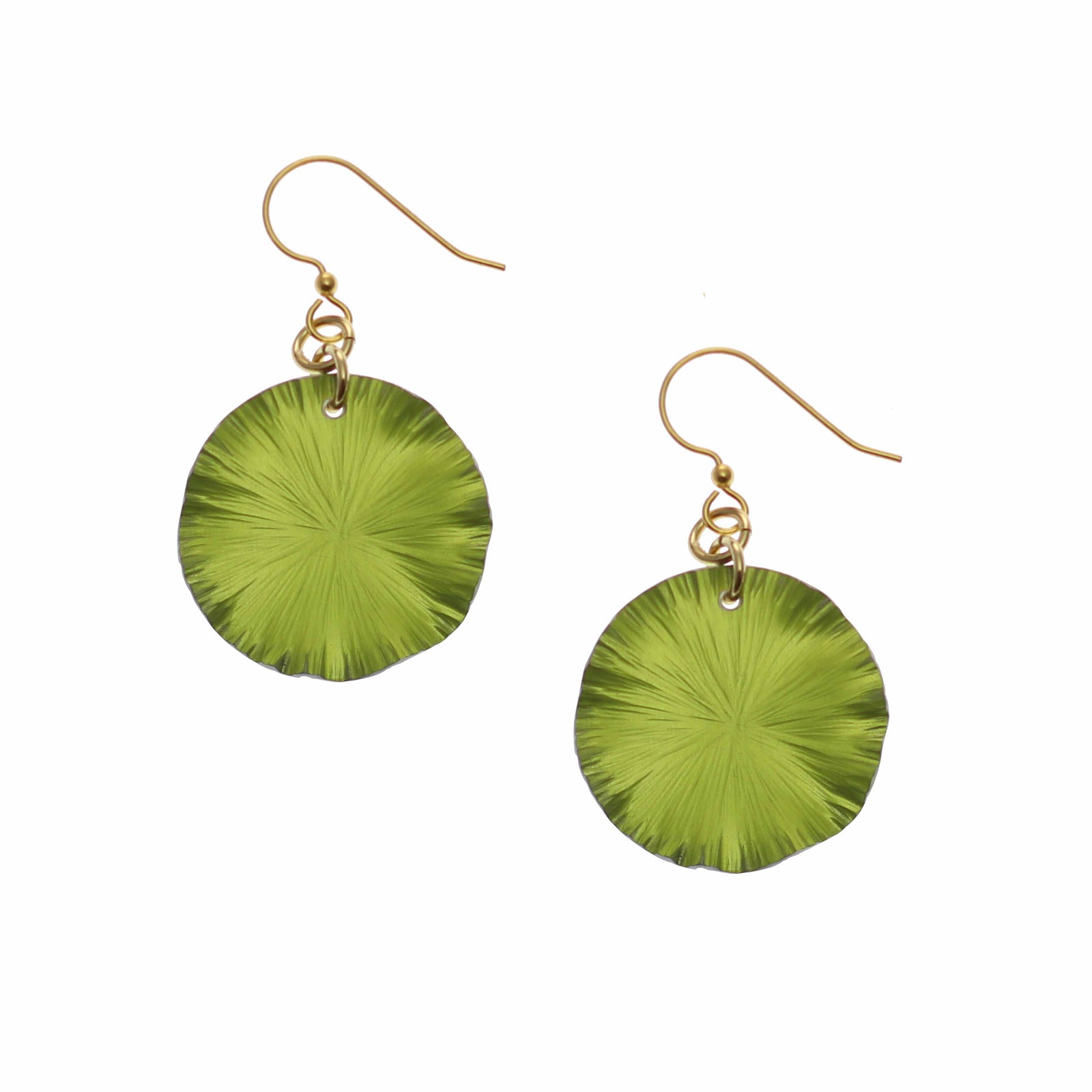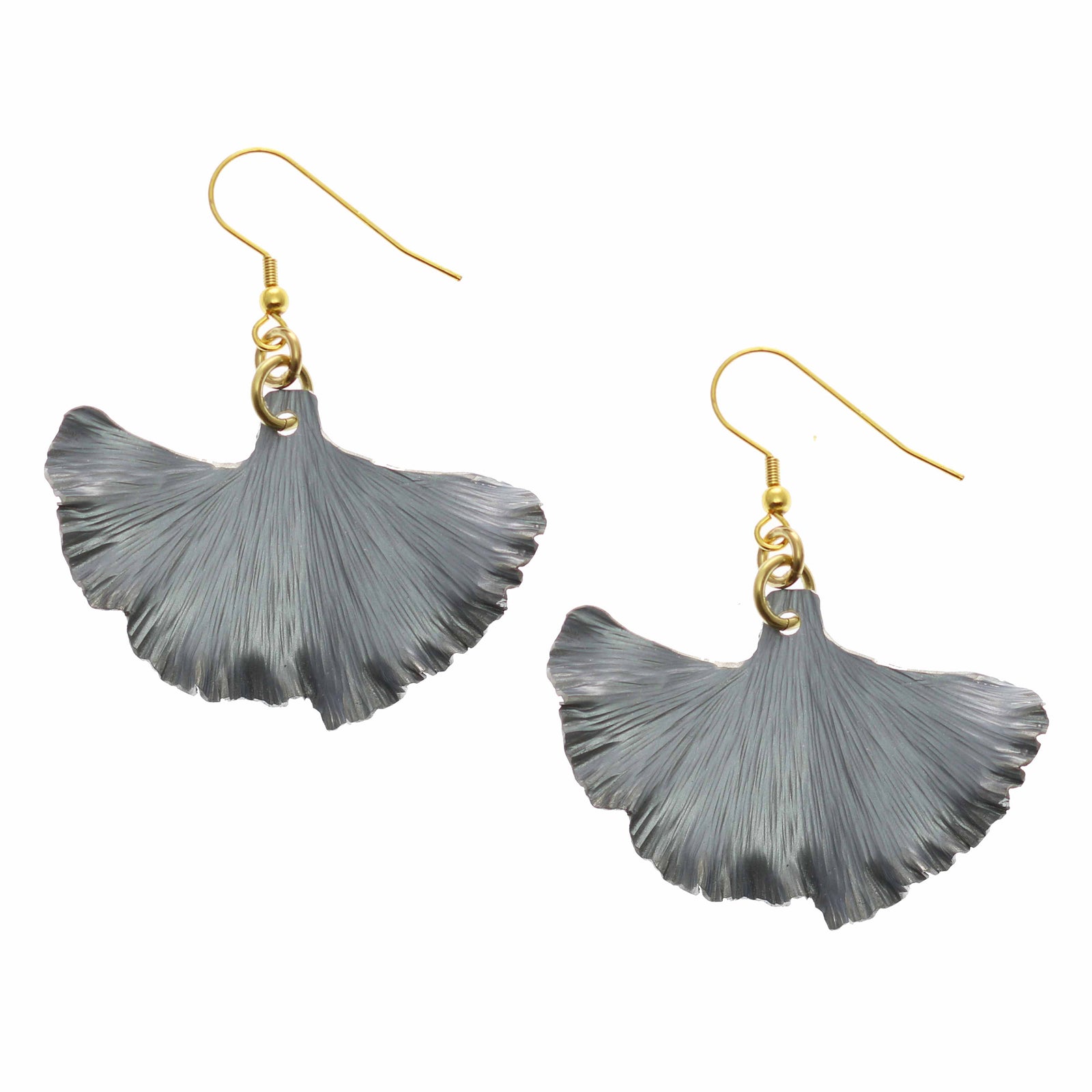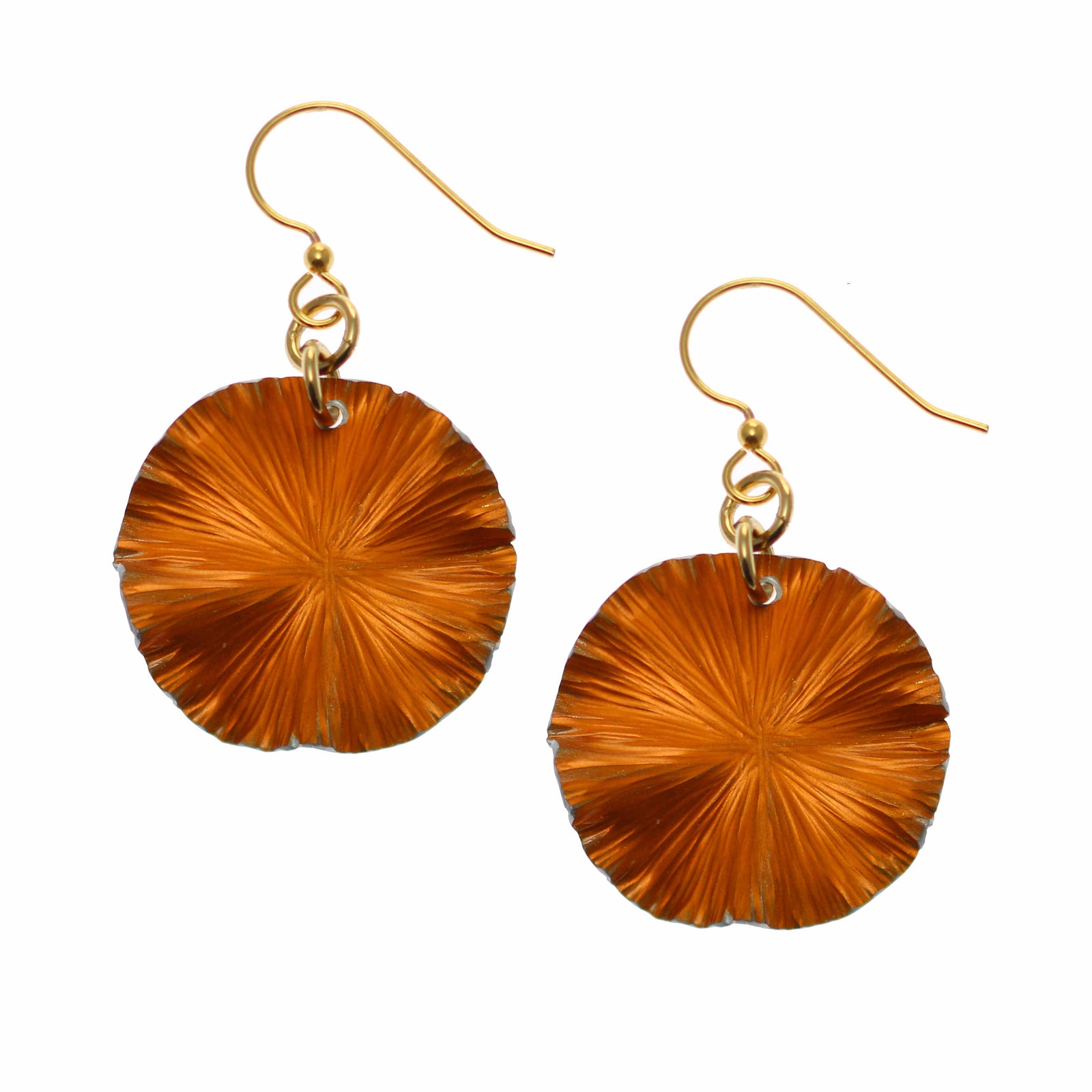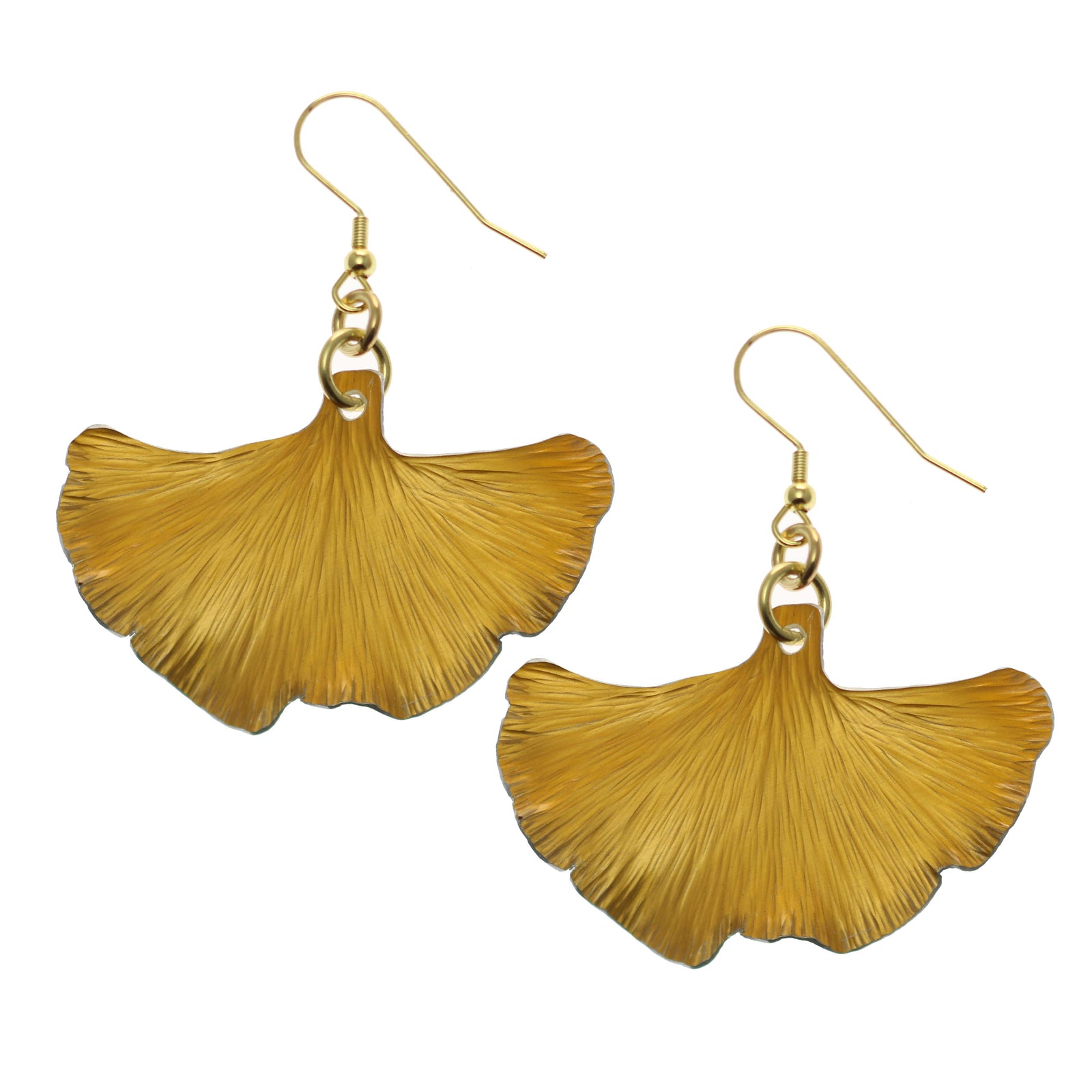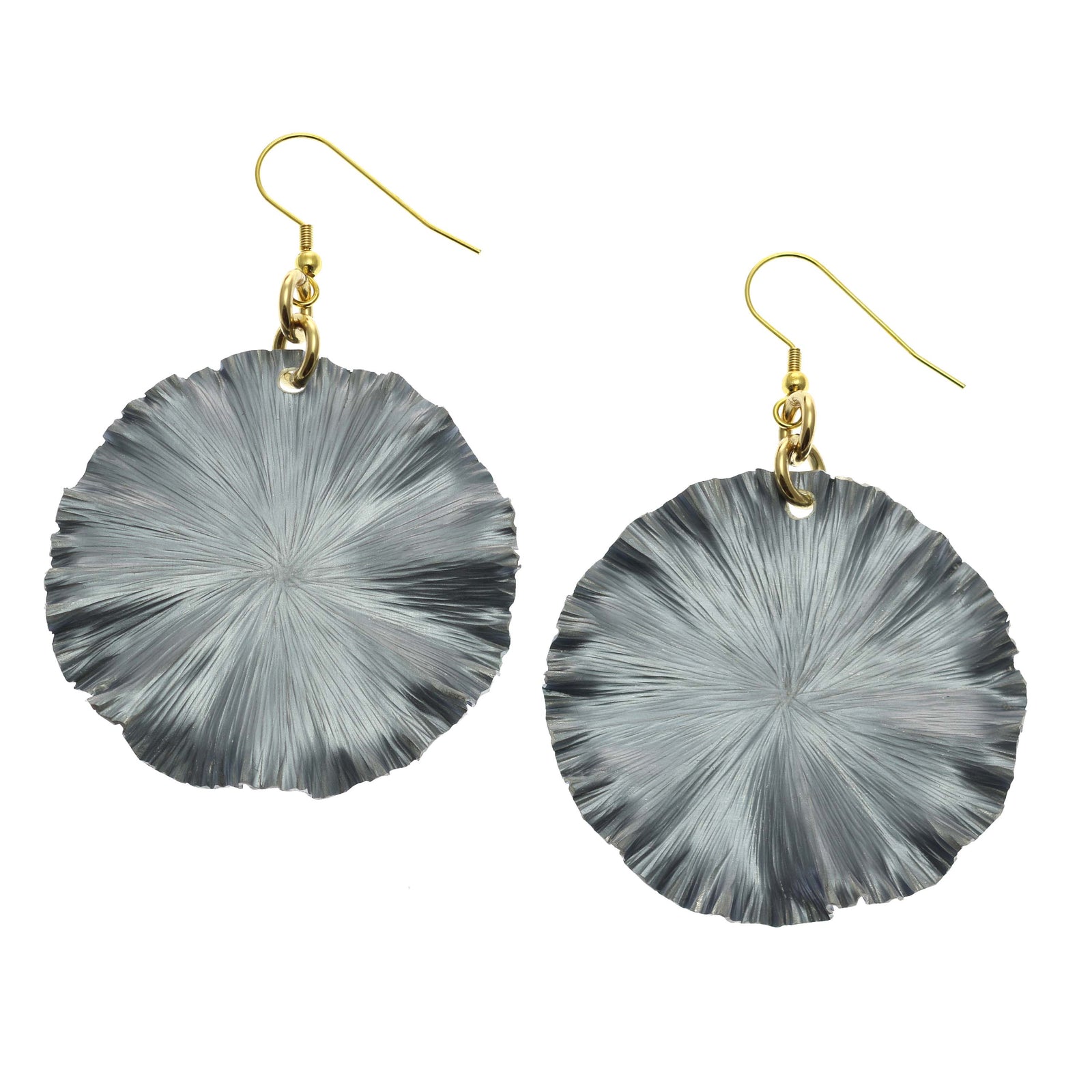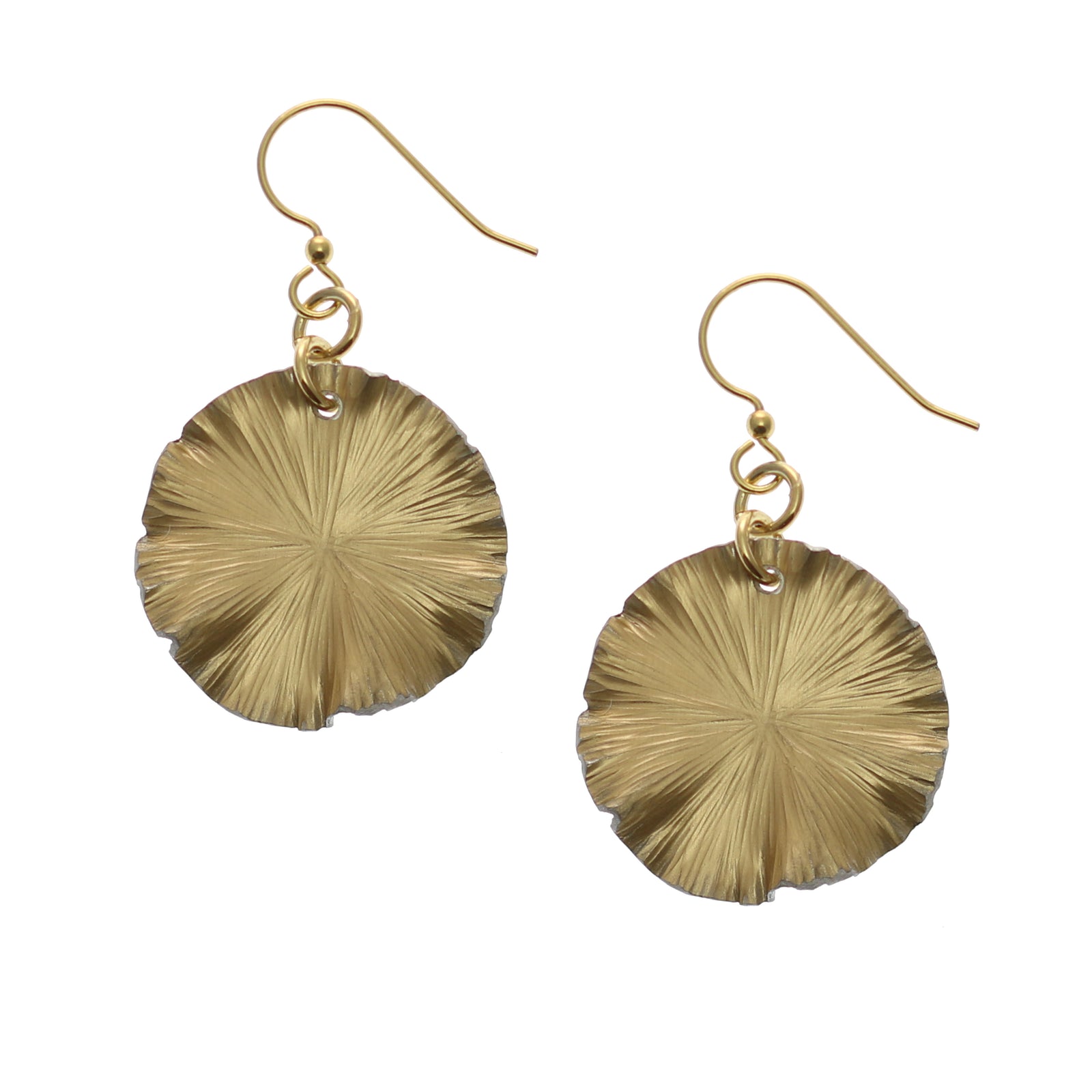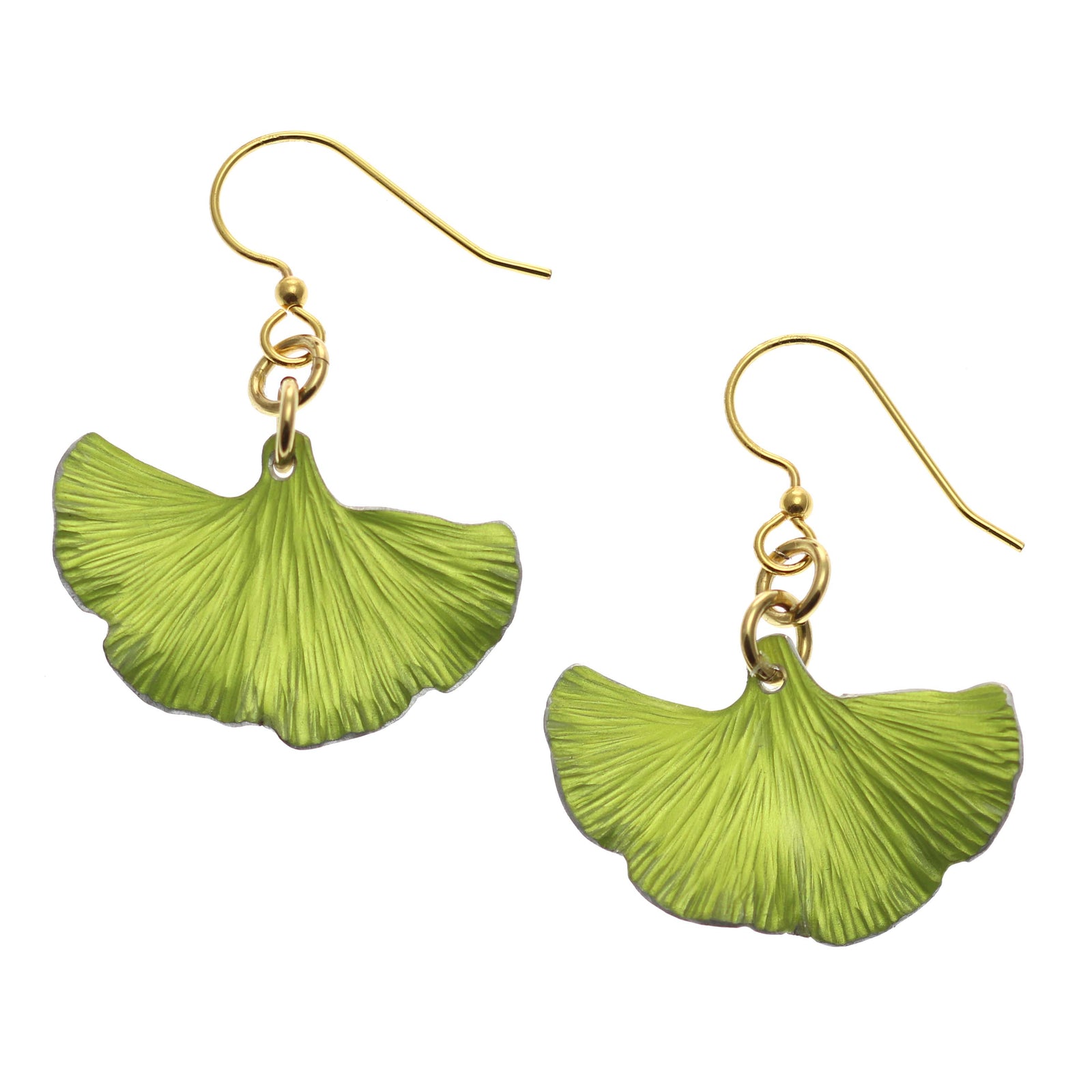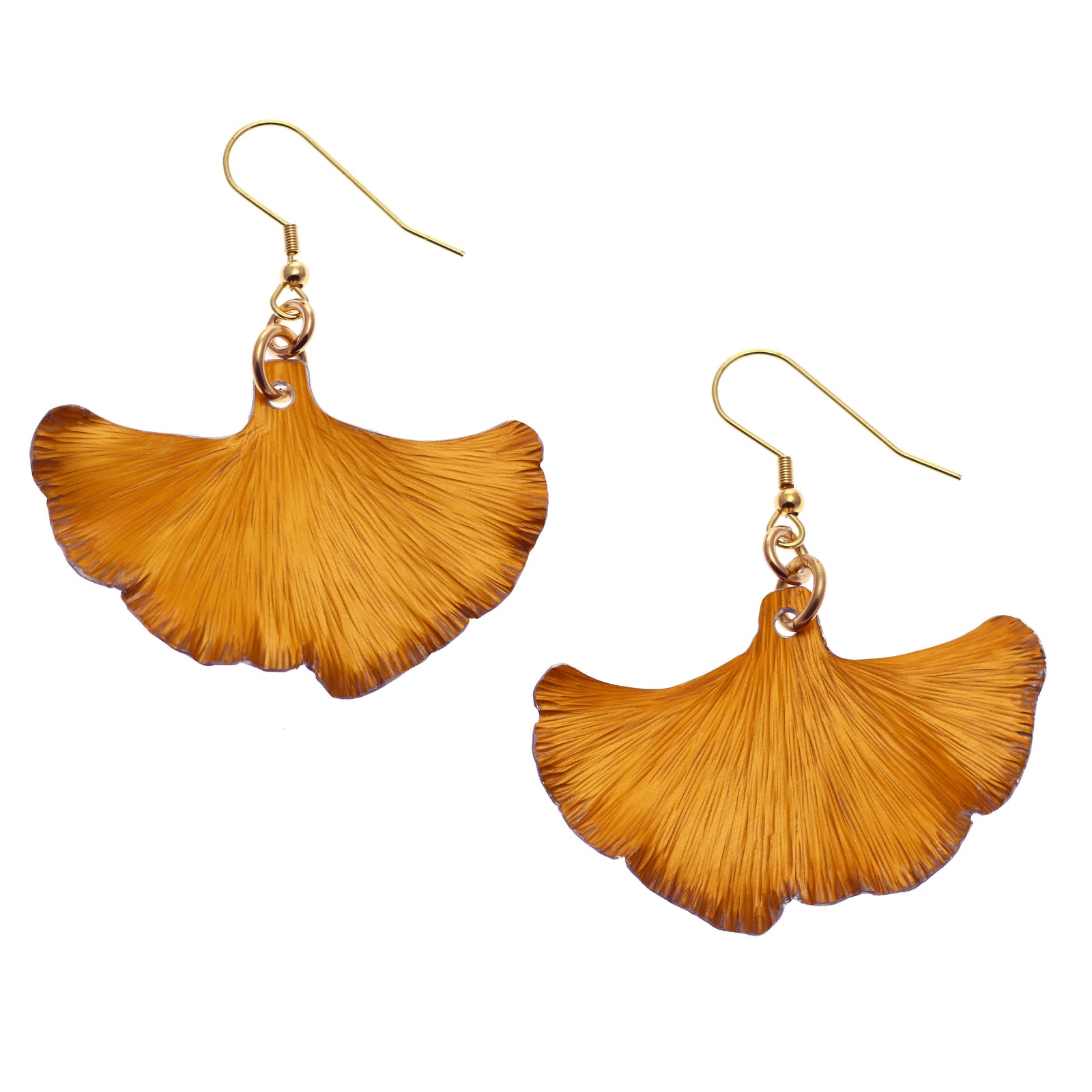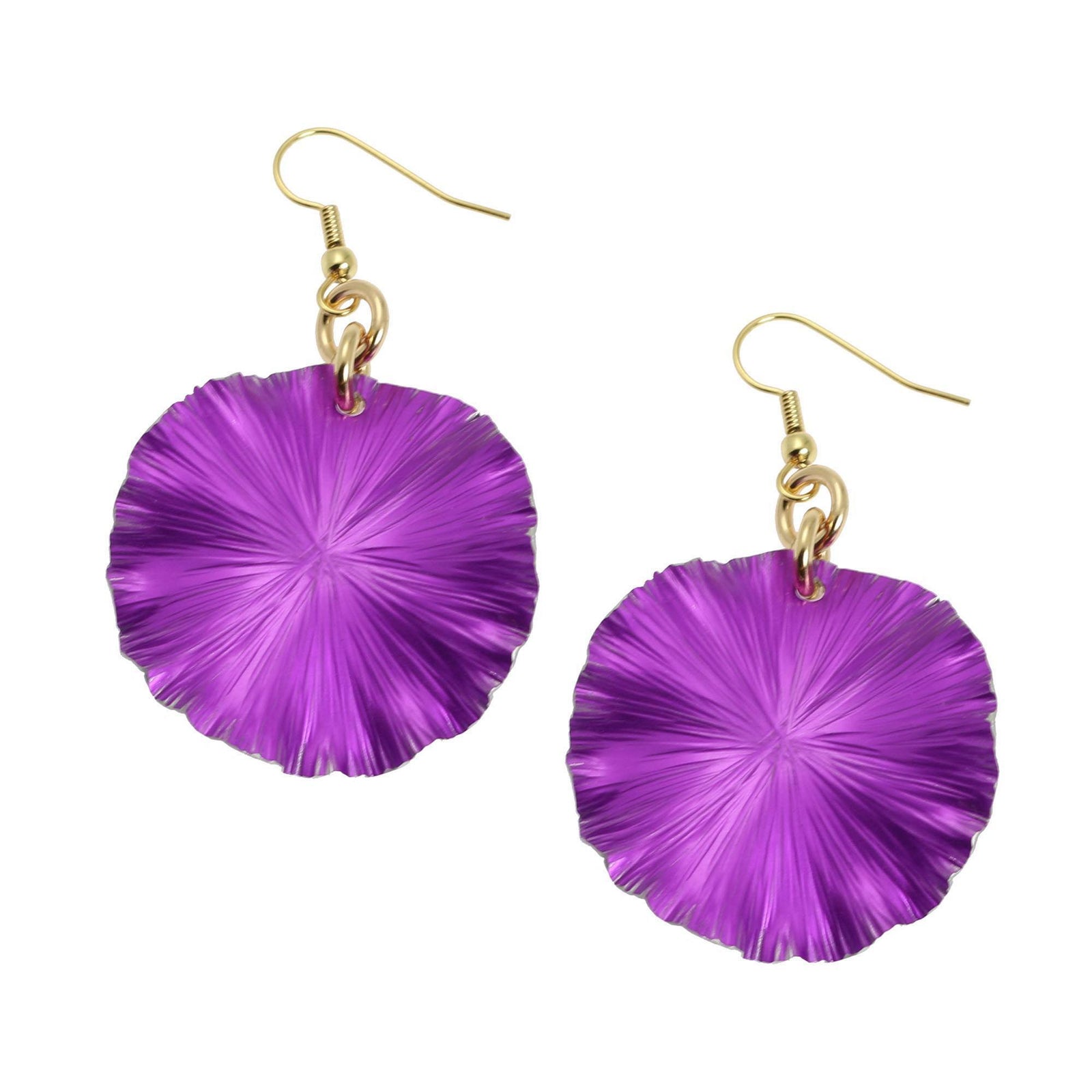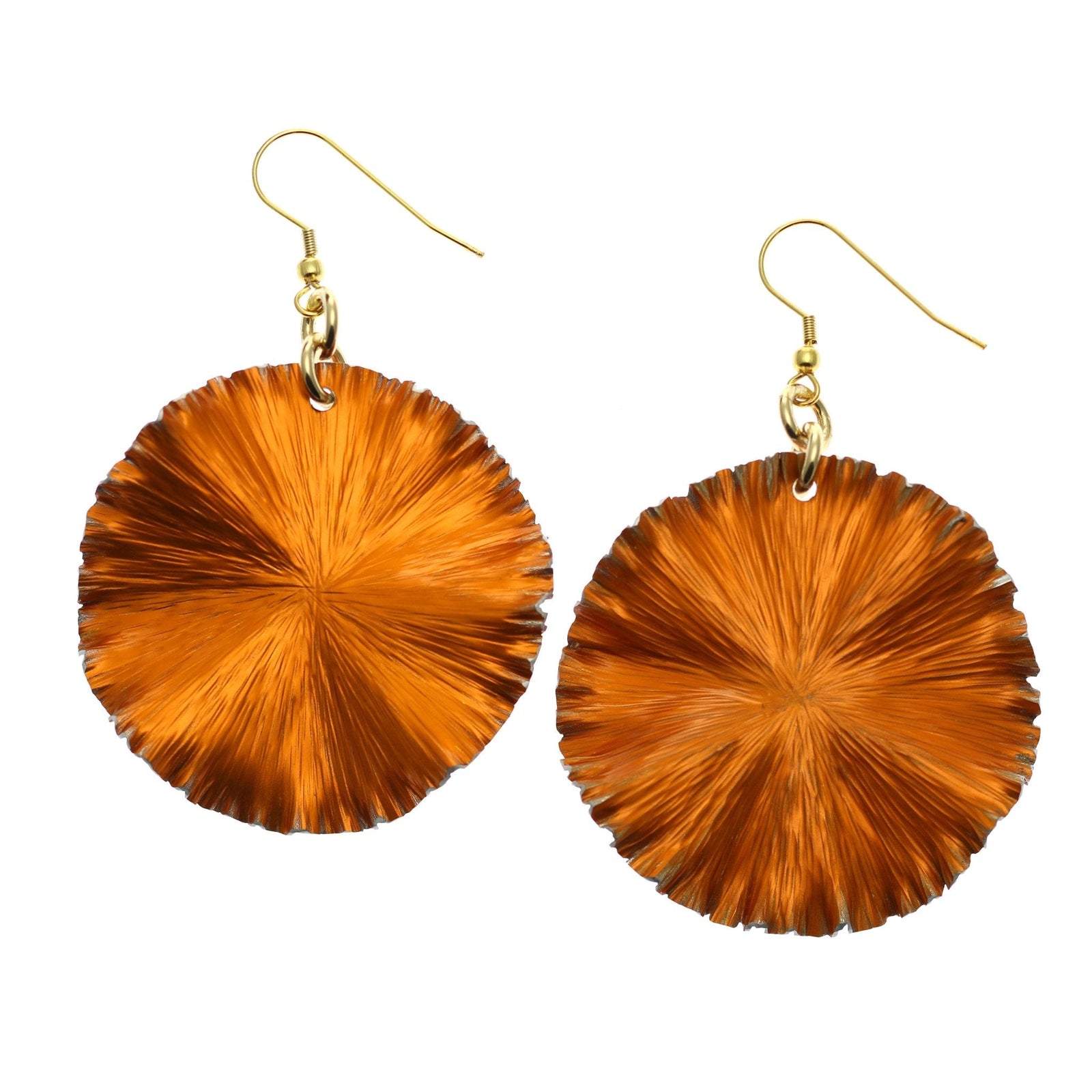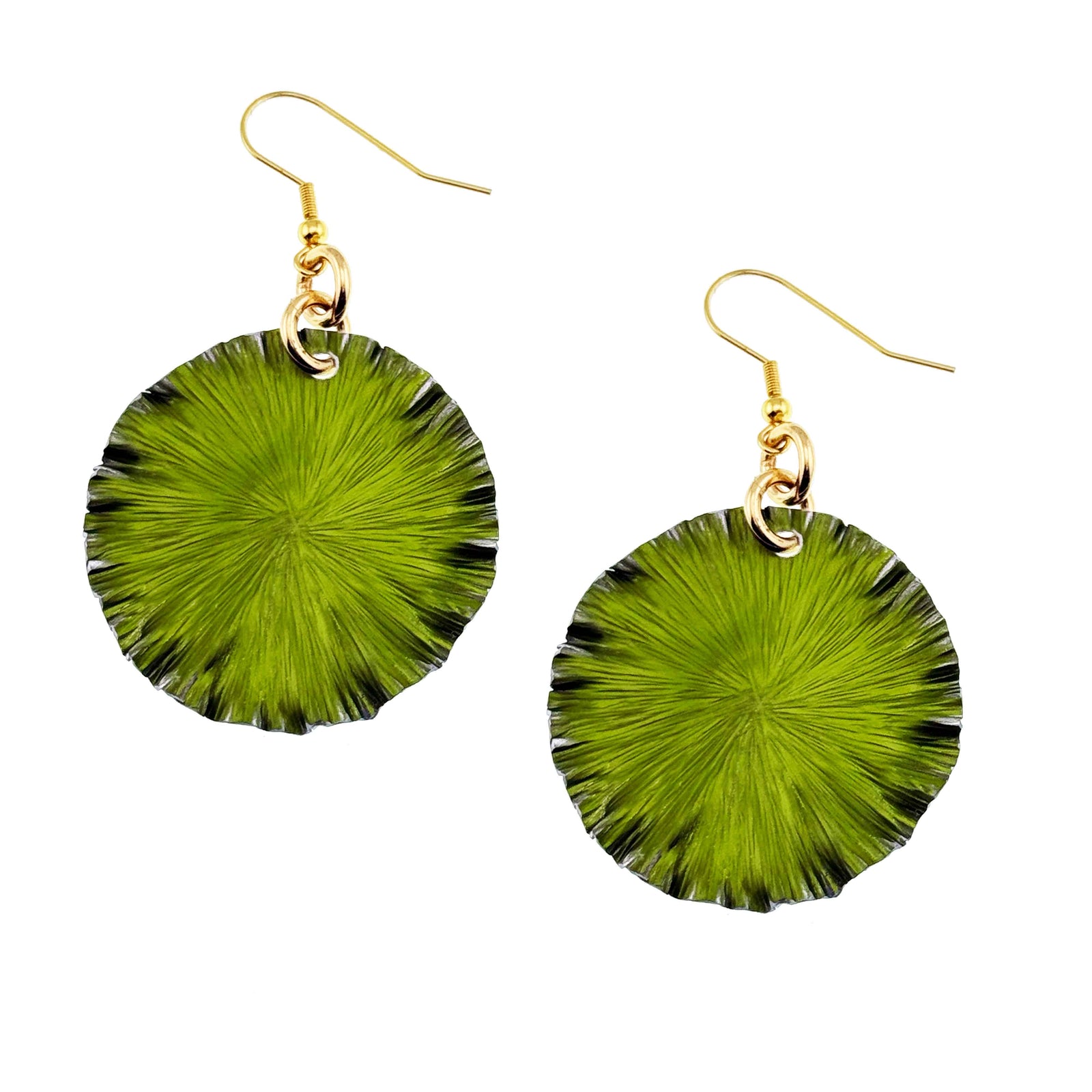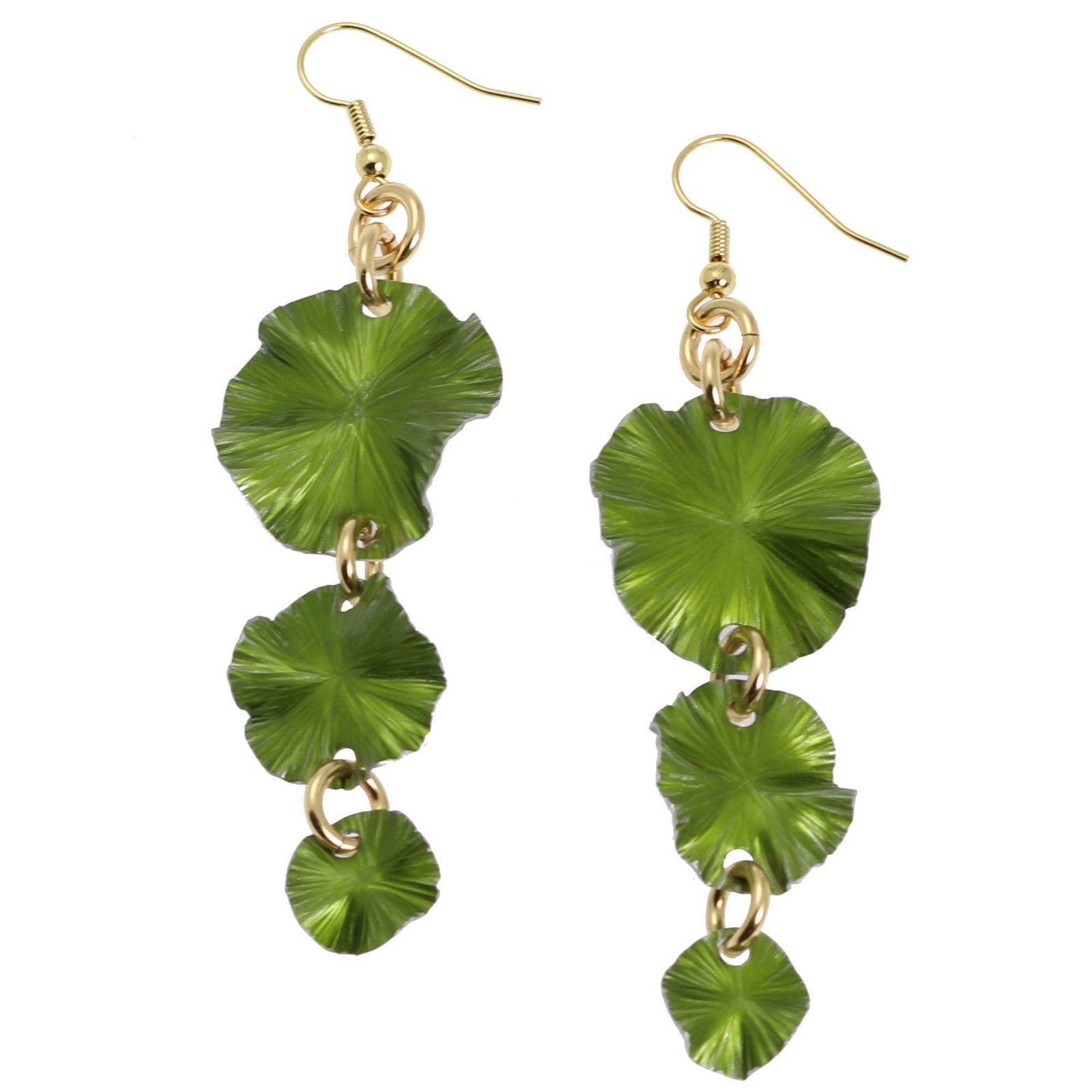Anodized Aluminum Jewelry Collection
Immerse yourself in the captivating world of John S. Brana's Anodized Aluminum Earrings Collection, where artistry and innovation collide. Each piece in this exclusive collection embodies the essence of San Francisco's vibrant energy, crafted with precision and passion by esteemed jewelry designer John S. Brana.
Experience the unparalleled lightness and comfort of anodized aluminum, brought to life in a dazzling array of bright, vibrant colors. These earrings are not just accessories; they are a statement of style and a celebration of color, designed to elevate your look with every wear. Discover the perfect pair to complement your individuality and embrace the art of color with John S. Brana's signature collection.
A Jewelry Revolution - The Rise of Anodized Aluminum
Anodization is an electrochemical process that produces a durable oxide layer on the surface of aluminum. This oxide coating allows the metal to absorb dyes more effectively, resulting in vibrant, long-lasting color that becomes an integral part of the aluminum.
The anodizing process was first developed in the 1920s, but it only started gaining traction in jewelry-making in the past decade or so. Forward-thinking designers realized that anodized aluminum had untapped potential for creating affordable, lightweight adornments in a rainbow of hues.
Initially, many jewelry traditionalists scoffed at the idea of aluminum accessories. However, as techniques improved and more shoppers took notice of these eye-catching pieces, anodized aluminum is now considered a design innovation that has transformed jewelry aesthetics for the modern age.
| Category | Information |
|---|---|
| Rise of Anodized Aluminum | - Anodization process allows for vibrant, long-lasting color - Started gaining popularity in jewelry in last 10 years - Now considered a design innovation |
| Benefits of Anodized Aluminum Earrings | - Wide range of colors - Organic, nature-inspired textures - Durable and low maintenance |
| Top Anodized Aluminum Designer | - John S. Brana - Founded studio in 2005 - Master of anodization techniques |
| Nature's Jewels Review Highlights | - Realistic colors and textures - Lightweight and comfortable - Unexpected showstoppers |
| Styling Tips | - Complementary color pairings - Pair with neutrals - Match with organic shapes and textures |
Why Anodized Aluminum Earrings Are So On-Trend
The growing popularity of anodized aluminum accessories is easy to understand. These earrings and other ornaments have a perfect storm of desirable qualities:
Vibrant, Sophisticated Color Effects
- The anodization process allows for tremendous creativity with color. Jewelry artisans can produce bold jewel tones, soft pastels, metallic shimmers, and more. From fiery orange to sage green to rich wine hues, anodized aluminum delivers a wide spectrum of sophisticated options.
Textured, Organic Beauty
- Skilled jewelry makers don’t simply apply color during anodization—they also shape the aluminum into beautifully textured designs. The finished pieces often have a very organic, nature-inspired aesthetic. For instance, aluminum can be contoured into lifelike botanical shapes like flowers or leaves. The natural charm of these pieces contrasts beautifully with the man-made gleam of the anodized metal.
Durability and Easy Care
- Anodization penetrates and transforms the aluminum, so the colors won’t chip, fade, or scratch off like painted finishes might. Anodized aluminum jewelry is also tarnish-resistant and won’t react with skin. These ultra-low-maintenance pieces can be worn year after year without losing their eye-catching beauty.
With benefits like these, it’s easy to see why statement-making anodized aluminum earrings are becoming a jewelry box staple. The leading aluminum earring designer today is John S. Brana, whose Nature’s Jewels collection masterfully combines substance with style.
John S. Brana’s Stunning Anodized Creations Dazzle
John S. Brana founded his jewelry studio in 2005 with a mission to craft artisan adornments that fuse ingenuity with timeless appeal.
“I seek to create jewelry that awakens wonder and imagination,” Brana writes on his site. “My hope is that whoever wears one of my designs feels a similar passion for nature’s beauty.”
The studio offers ornate creations in sterling silver, 14K gold, and other alternative metals. However, Brana notes that his true design passion lies in aluminum. He became enamored with the lightweight metal after mastering the complex anodization process in 2007.
“Other jewelry makers focus on precious metals and gemstones,” he explains. “But for me, aluminum’s capacity for transformation is the real treasure.”
Brana’s expertise in anodization is evident in his anodized aluminum earrings collection, which offer botanically-inspired statement pieces with an otherworldly iridescence. Each anodized aluminum creation replicates palm-sized lily pads in exacting detail. The hand-textured surfaces capture the delicate veins and contours of natural aquatic plants, creating an uncannily realistic effect.
Brana produces his lily pad earrings in a broad spectrum of sizes and dazzling anodized shades. Shoppers can choose their perfect pair based on preferred color palette and earring silhouette. For instance, the Large Orange Lily Pad Earrings make a seriously bold autumnal statement at three inches long.
| Product Name | Rating | Price |
|---|---|---|
| Medium Violet Anodized Aluminum Lily Pad Earrings | ⭐⭐⭐⭐⭐ (86% of 7 reviews) | $45.00 |
| Orange Anodized Aluminum Lily Pad Earrings - Large | ⭐⭐⭐⭐⭐ (100% of 4 reviews) | $65.00 |
| Lime Anodized Aluminum Lily Pad Earrings - Medium | ⭐⭐⭐⭐⭐ (100% of 6 reviews) | $45.00 |
| Lime Aluminum Lily Pad Earrings - Three-tiered | ⭐⭐⭐⭐⭐ (100% of 1 review) | $65.00 |
What Reviewers Are Saying About Anodized Aluminum Earrings
Brana’s anodized jewelry collection has earned rave reviews across the web. Shoppers praise both the stunning artistry and wearable comfort.
“⭐⭐⭐⭐⭐my 3rd pair Have them in green and yellow - these are my summer earrings - his earrings are always exceptional, well made and i love them, have lots pairs!,” writes Avid Reader.
Other satisfied customers call them “Stunning earrings! Vibrant, lightweight and colorful.” and “love the color and love how they're made.”
How To Style Showstopping Anodized Aluminum Earrings
Once you secure the perfect pair of anodized aluminum earrings, the fun really begins! Let’s explore tips for showing off these scene-stealing accessories:
Complementary Color Pairings
- Anodized aluminum jewelry introduces unconventional, high-impact hues to your ensemble. Leading color theory suggests pairing rich jewel tones with analogous shades for a harmonious effect. For example, the emerald tones of the Lime Lily Pad Earrings beautifully match greens, teals, mint, and citrus yellows.
Neutrals For Maximum Impact
- For an alternative take, try matching vivid anodized earrings with neutrals like black, white, nude, or metallics. The color contrast helps the dynamic hues pop even more. Style the Medium Violet Lily Pad Earrings with a little black dress for a seriously striking night-out look.
Organic Textures & Shapes
- The abstract shapes and highly-textured surfaces of Brana’s aluminum botanic earrings have an earthy, freeform aesthetic. Continue the theme of organic imperfection with boho-style clothing pieces. Try wearing the Three Tiered Lime Lily Pad Chandelier Earrings with a crochet tank or floral kimono for wanderlust-ready weekend style.
However you choose to show off your anodized aluminum earrings, these dazzling accessories are guaranteed to become your boldest new jewelry staple. So embrace adventurous color and make a individualistic statement!

